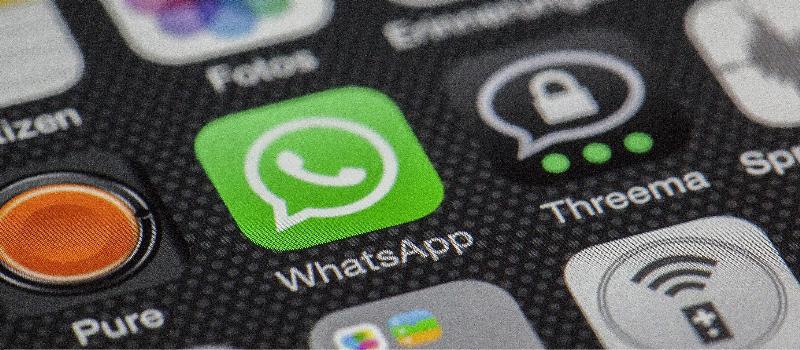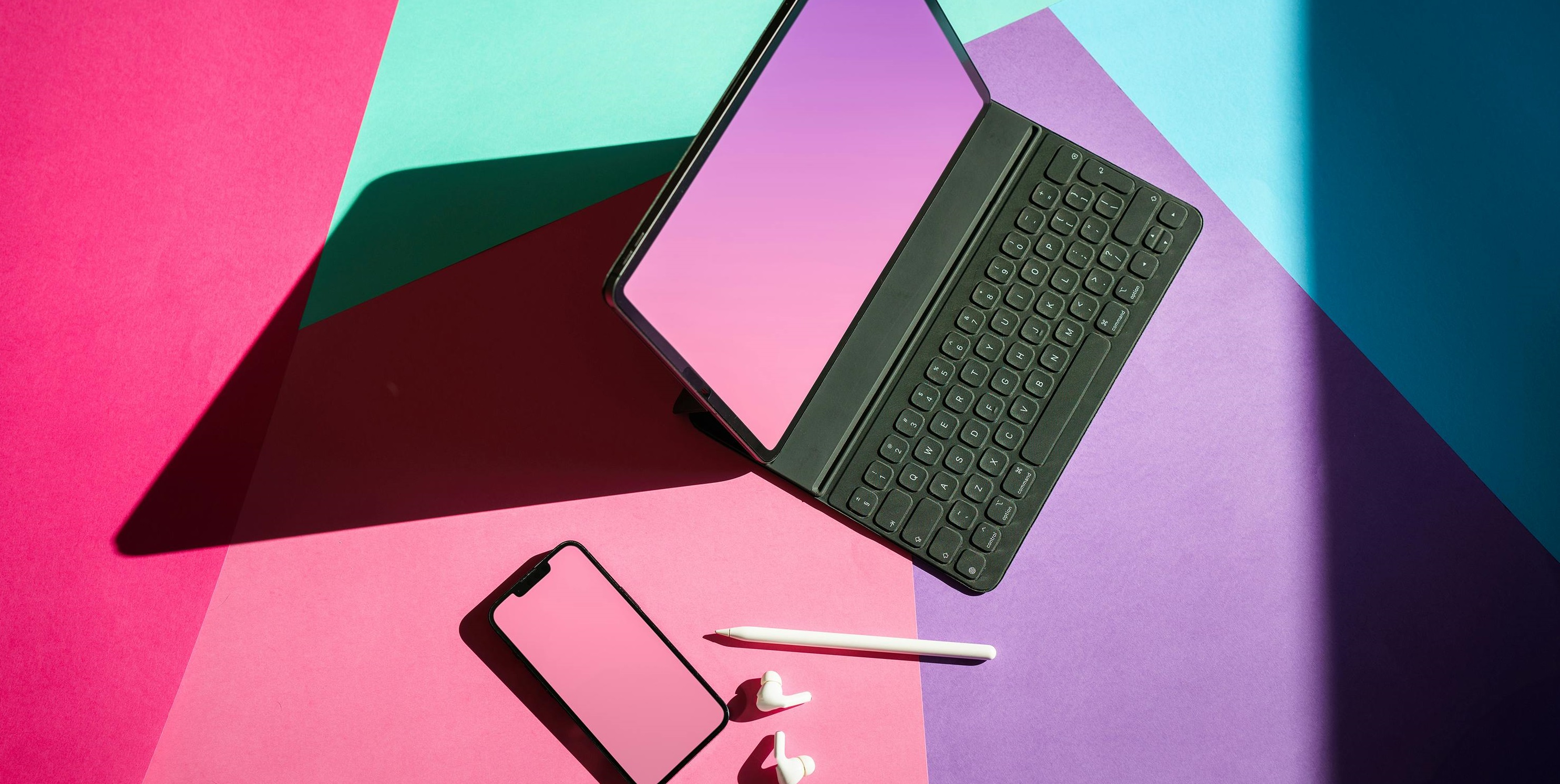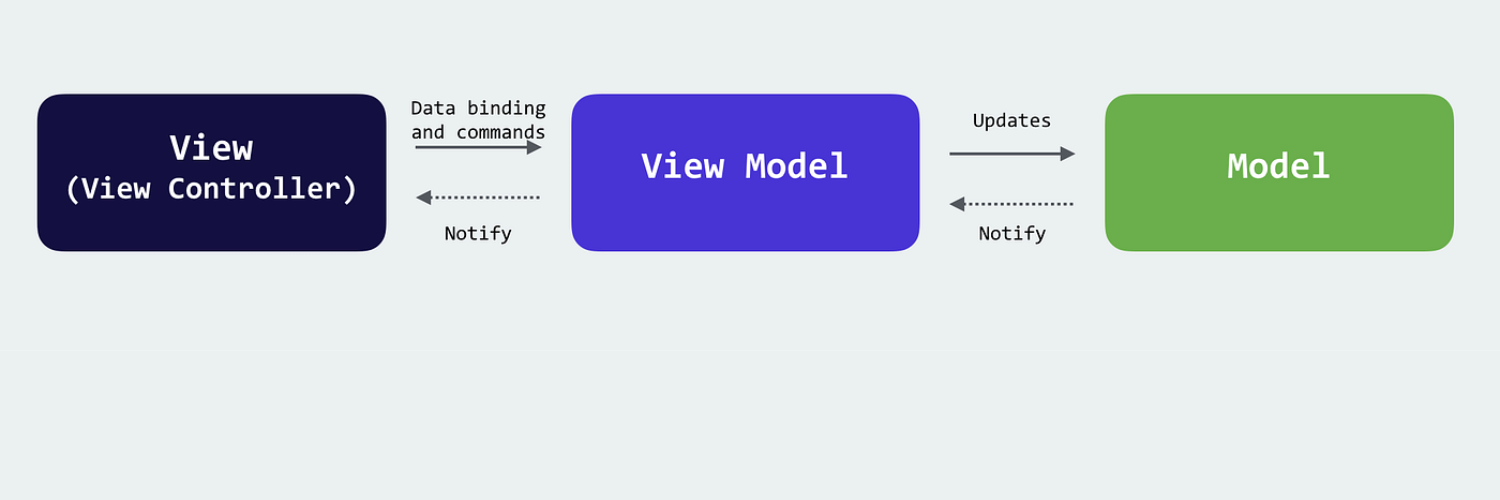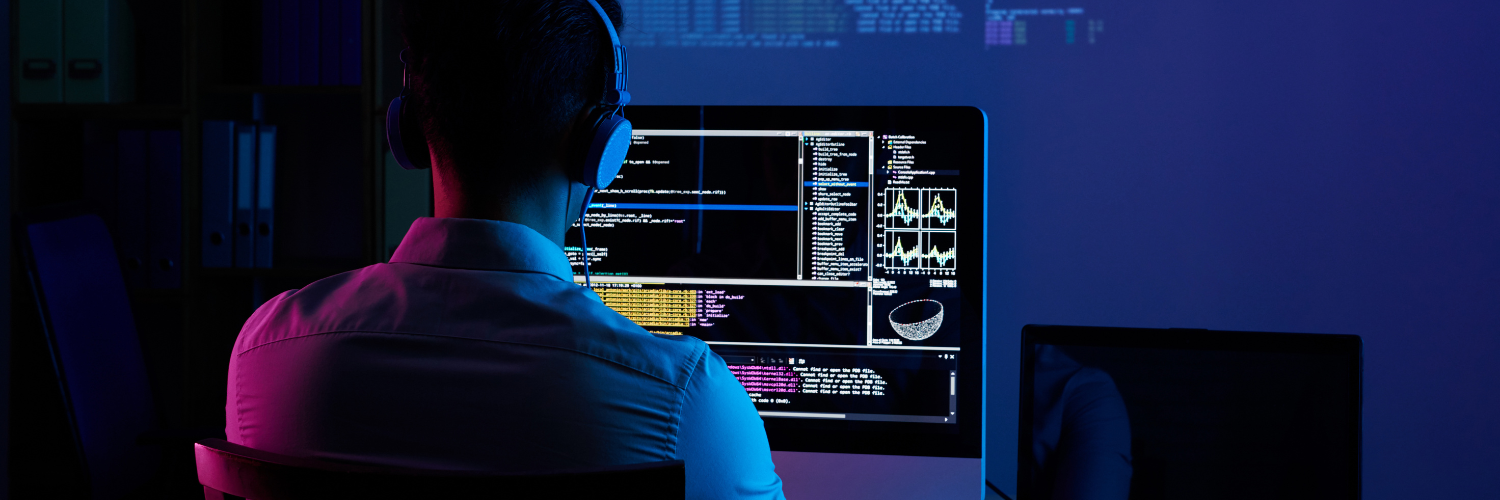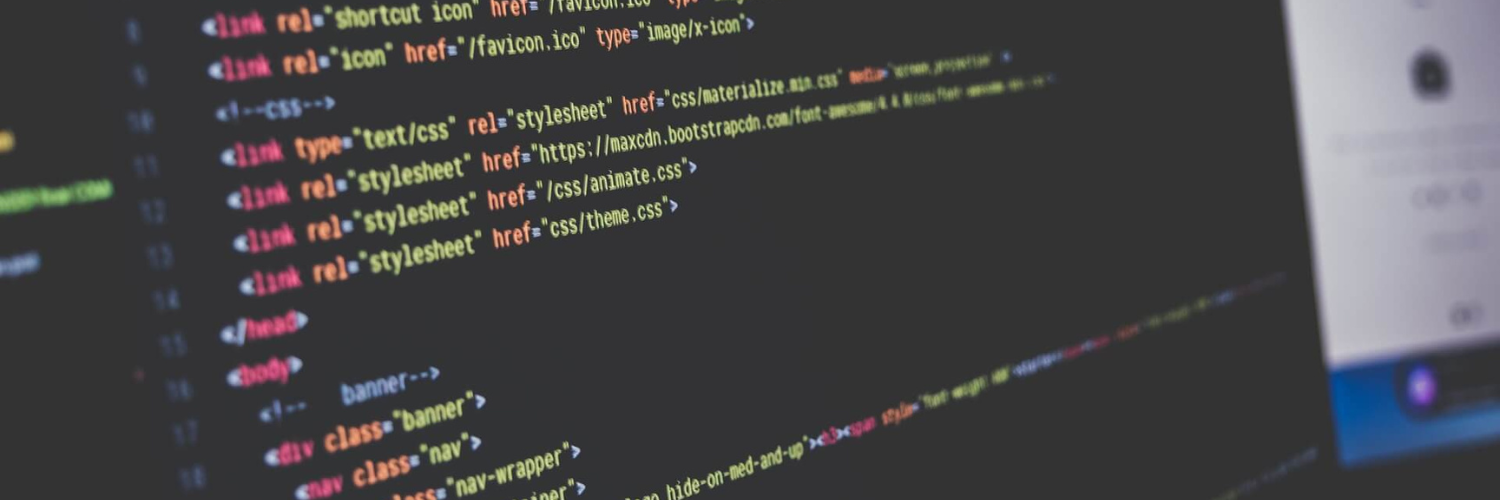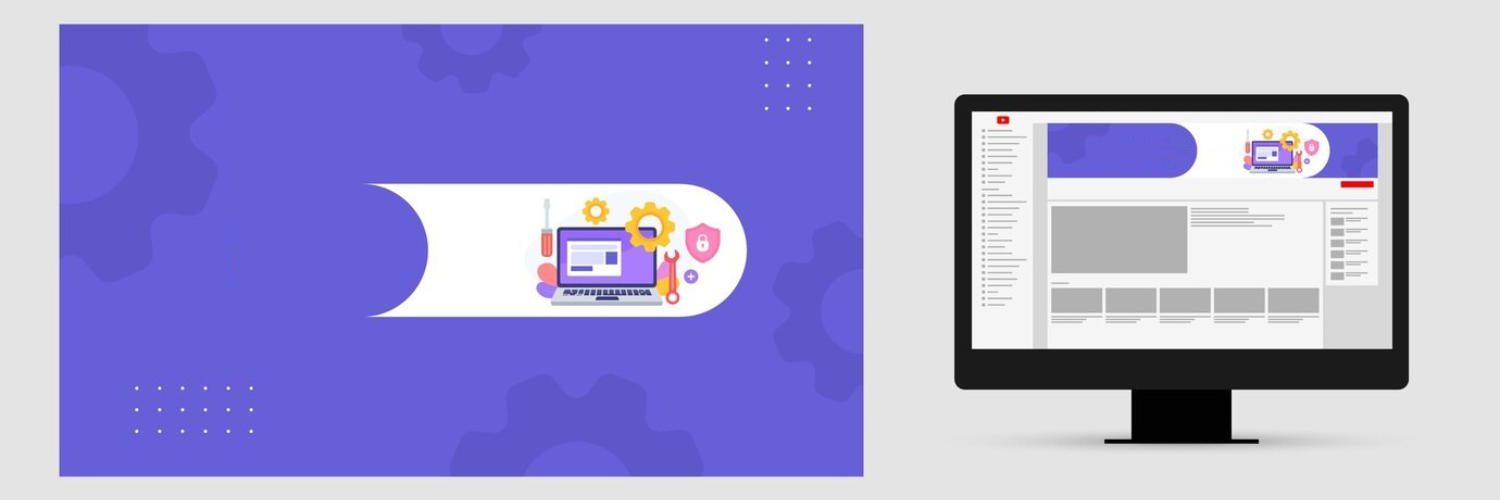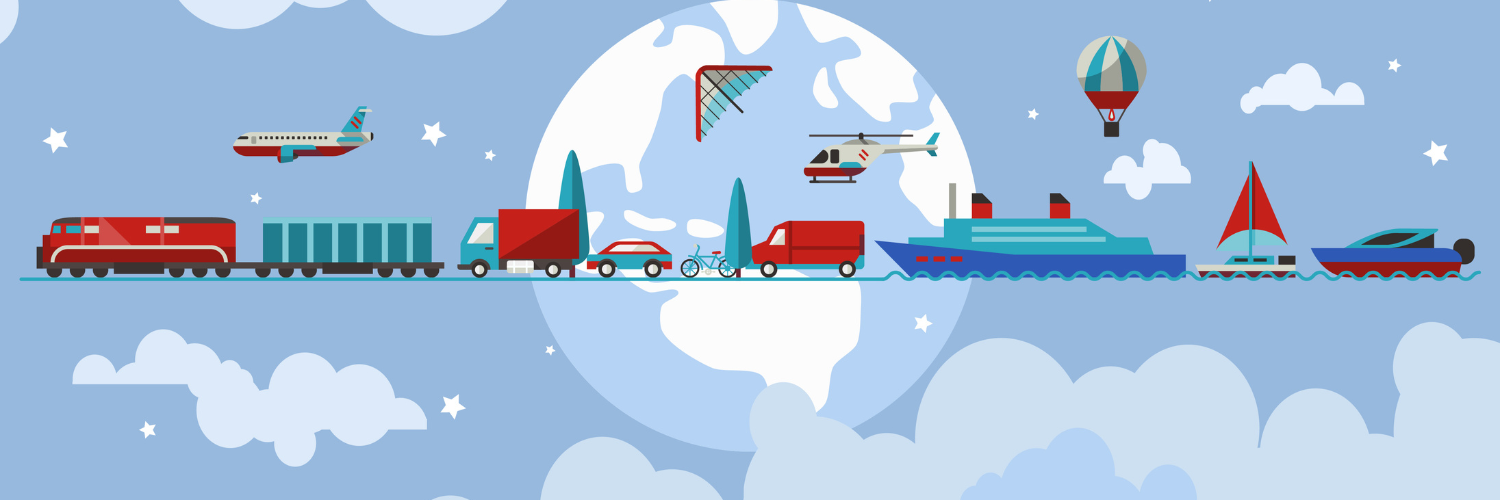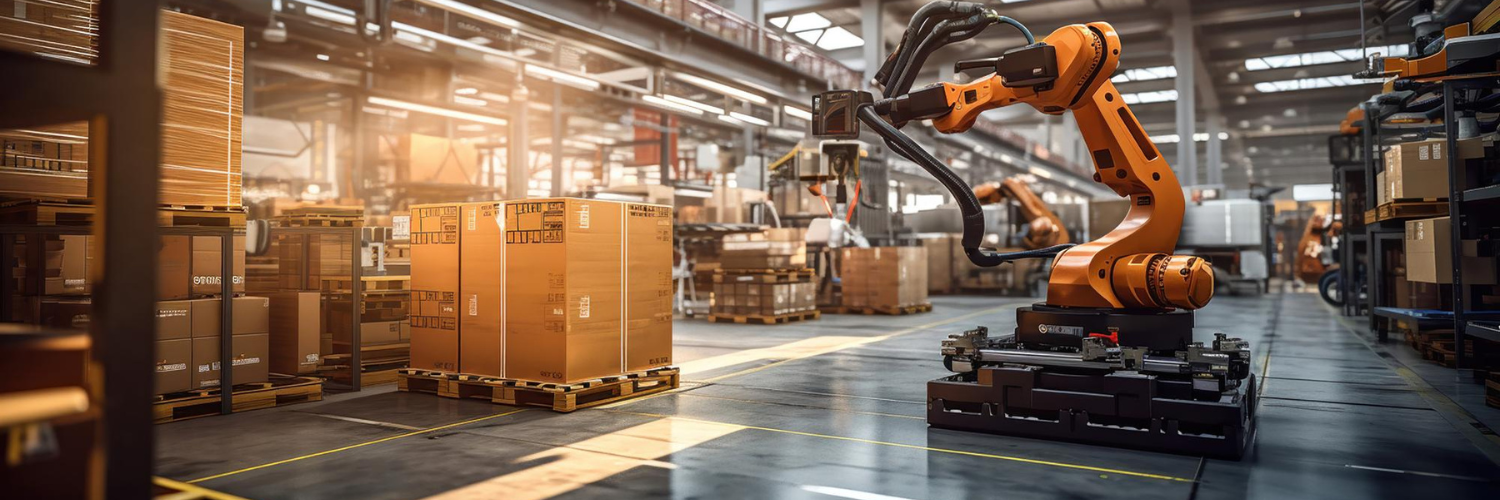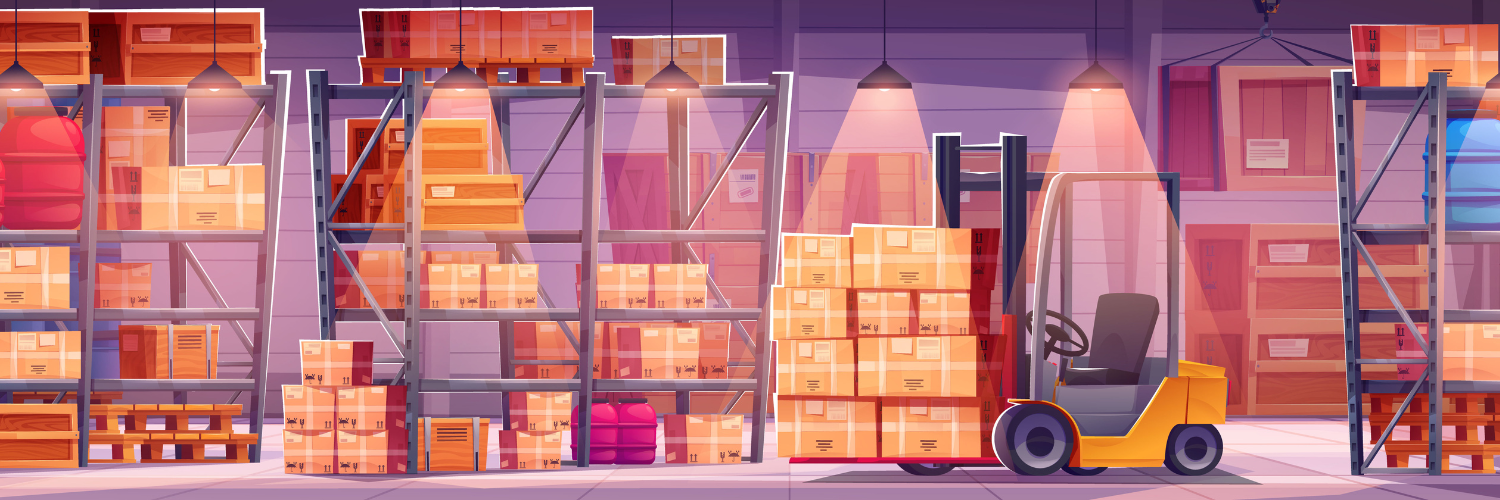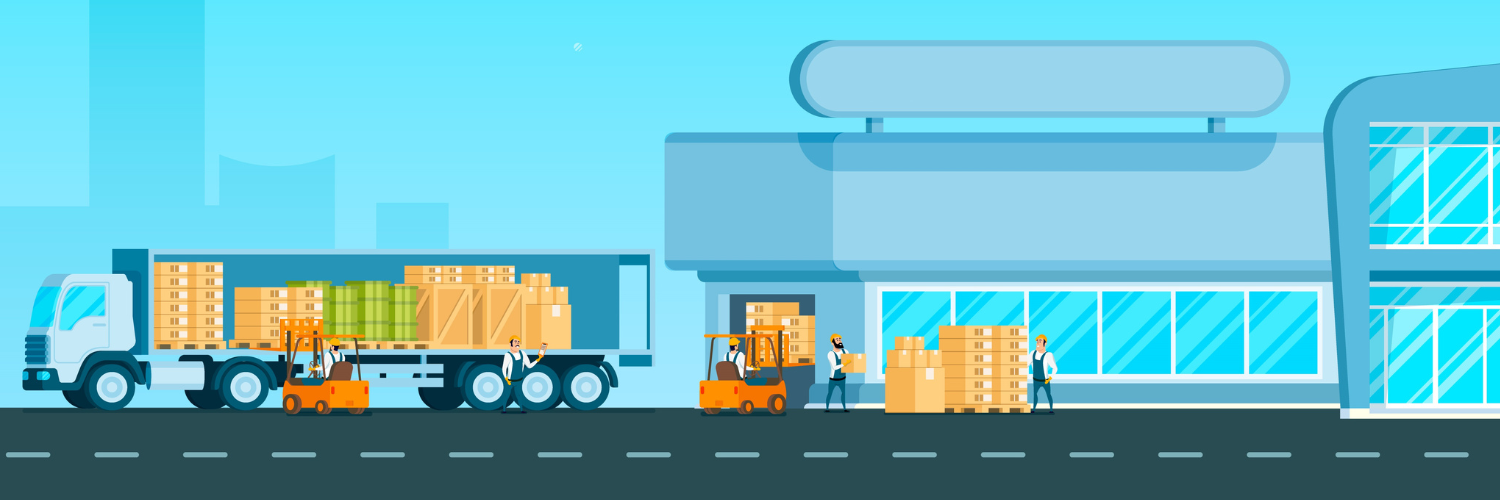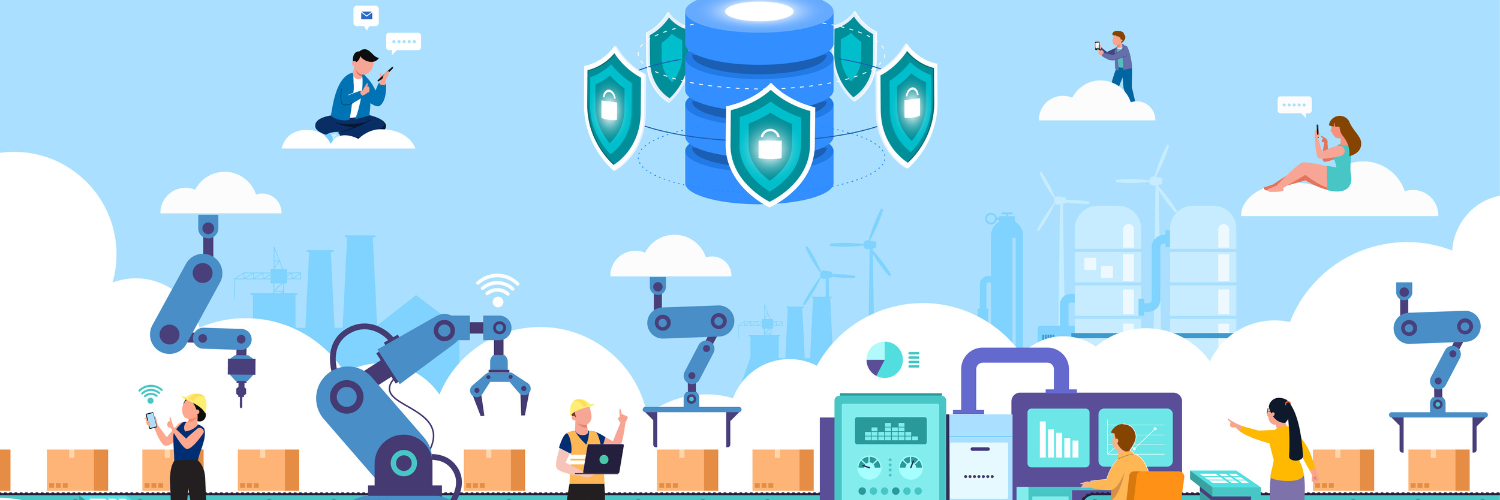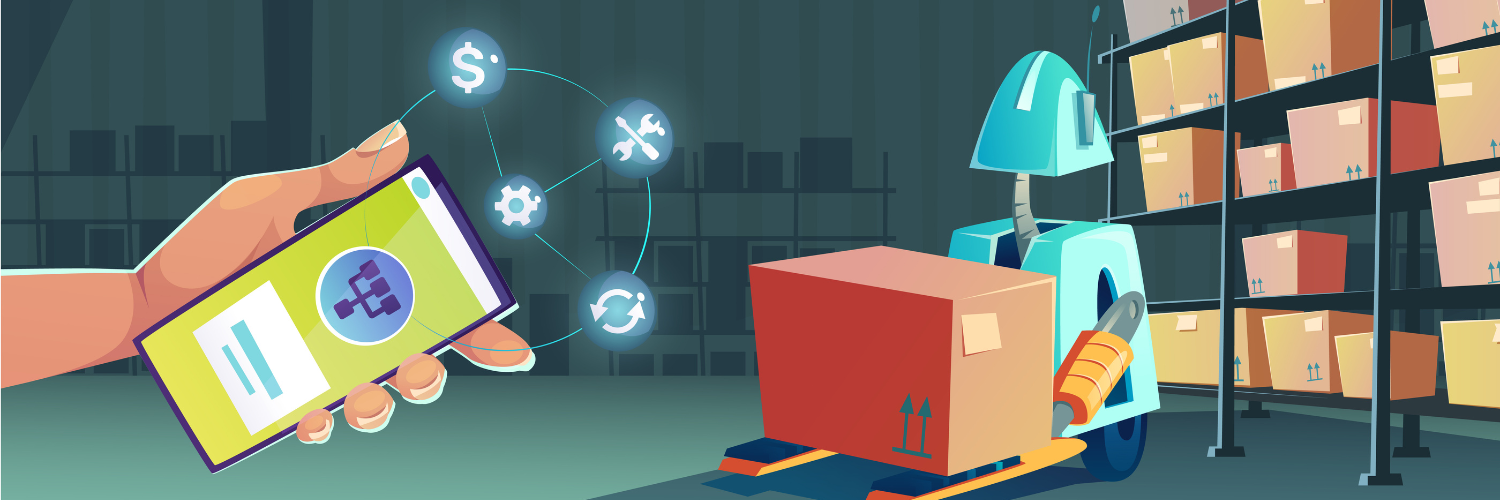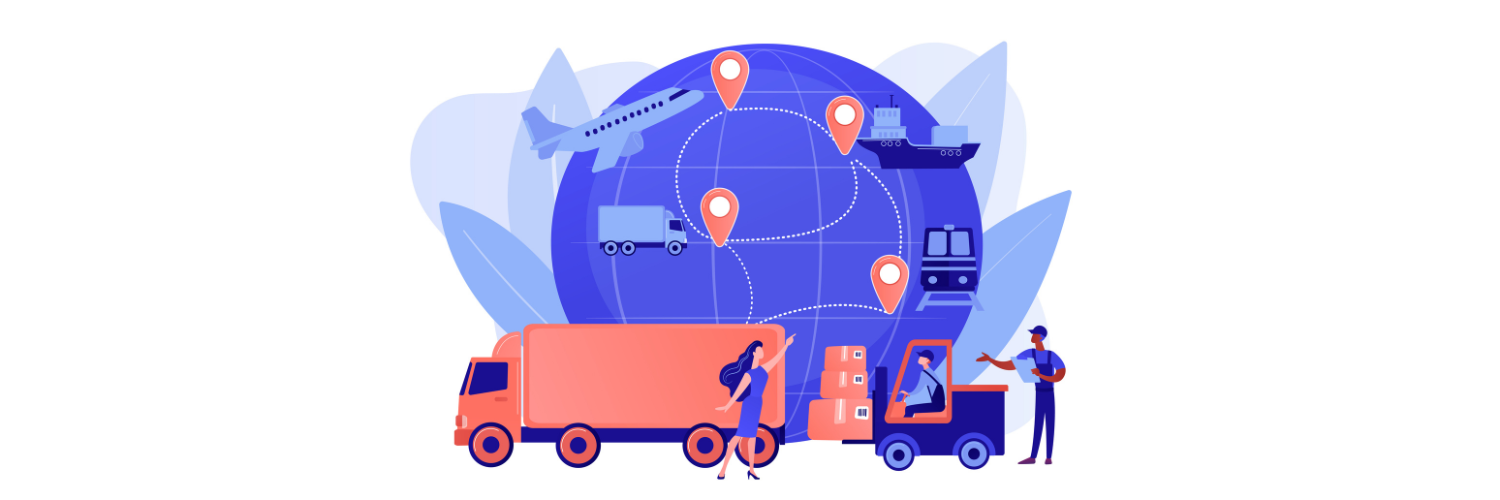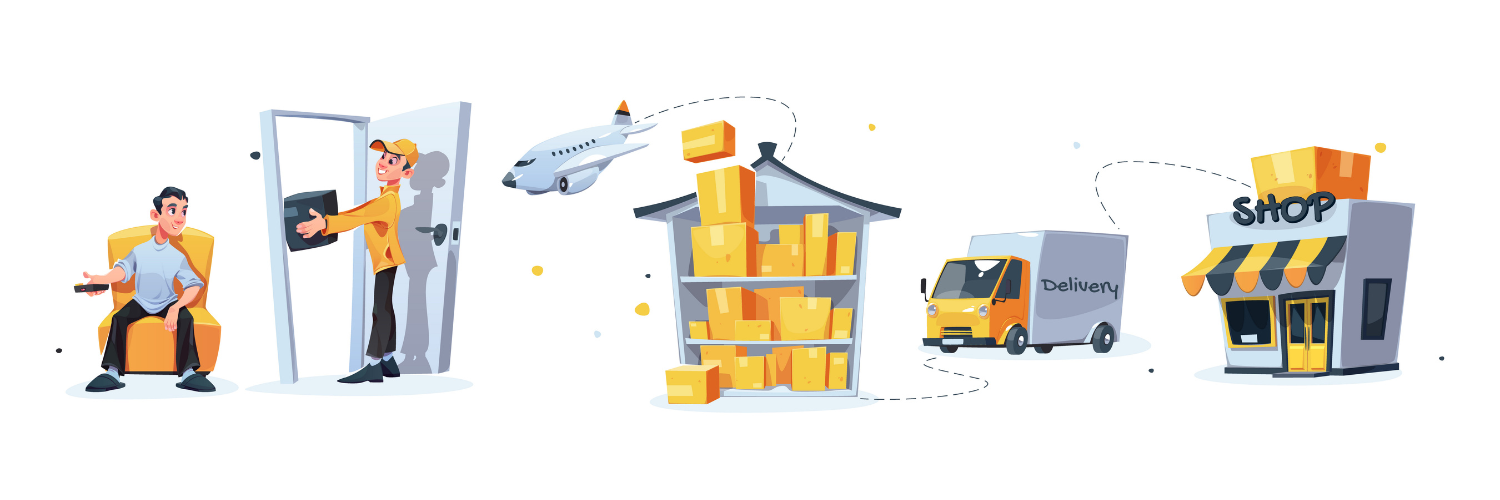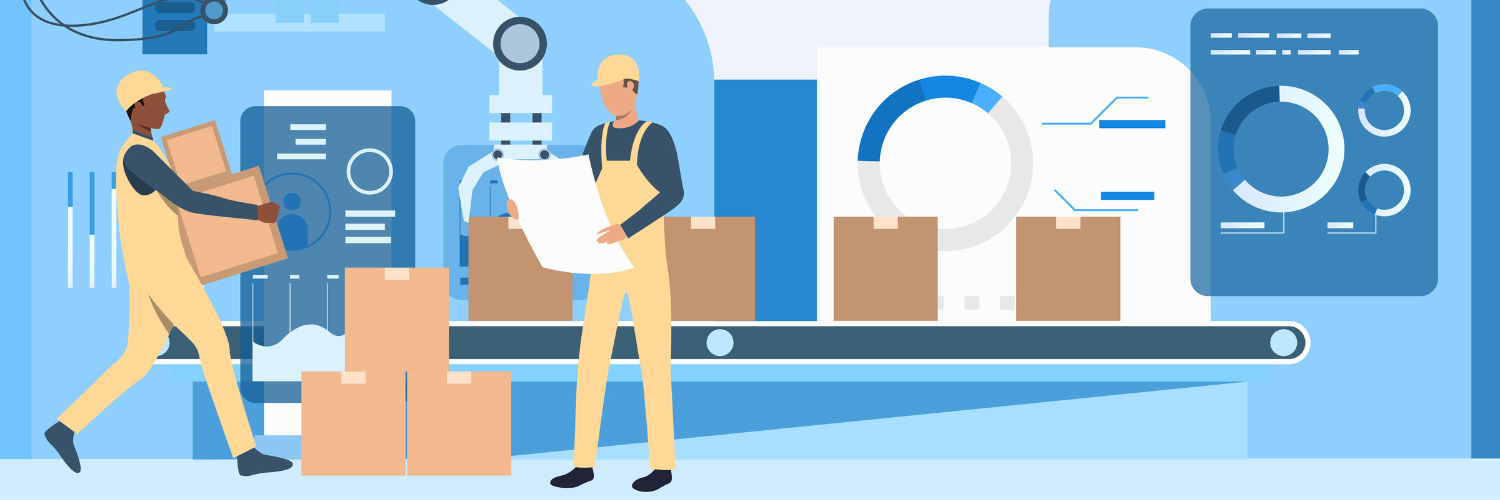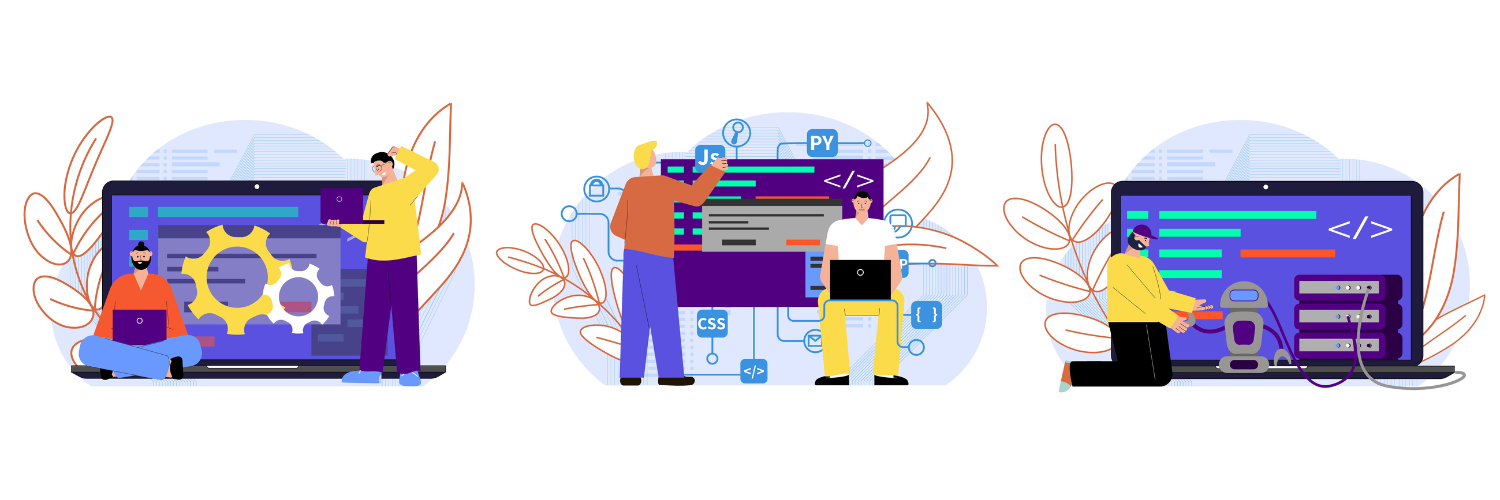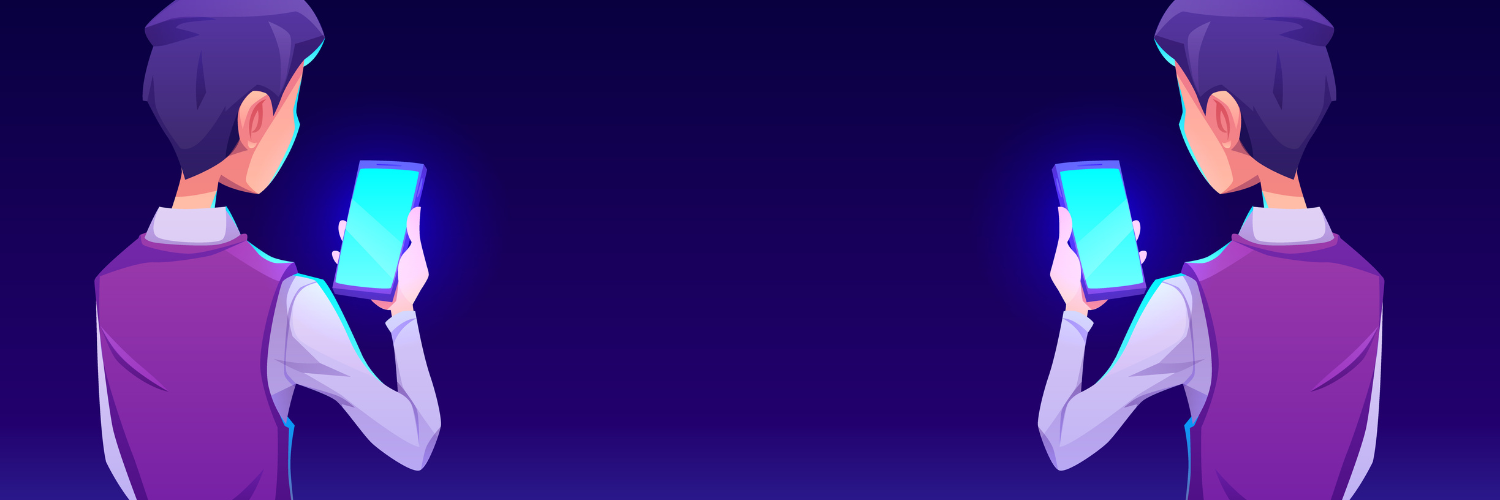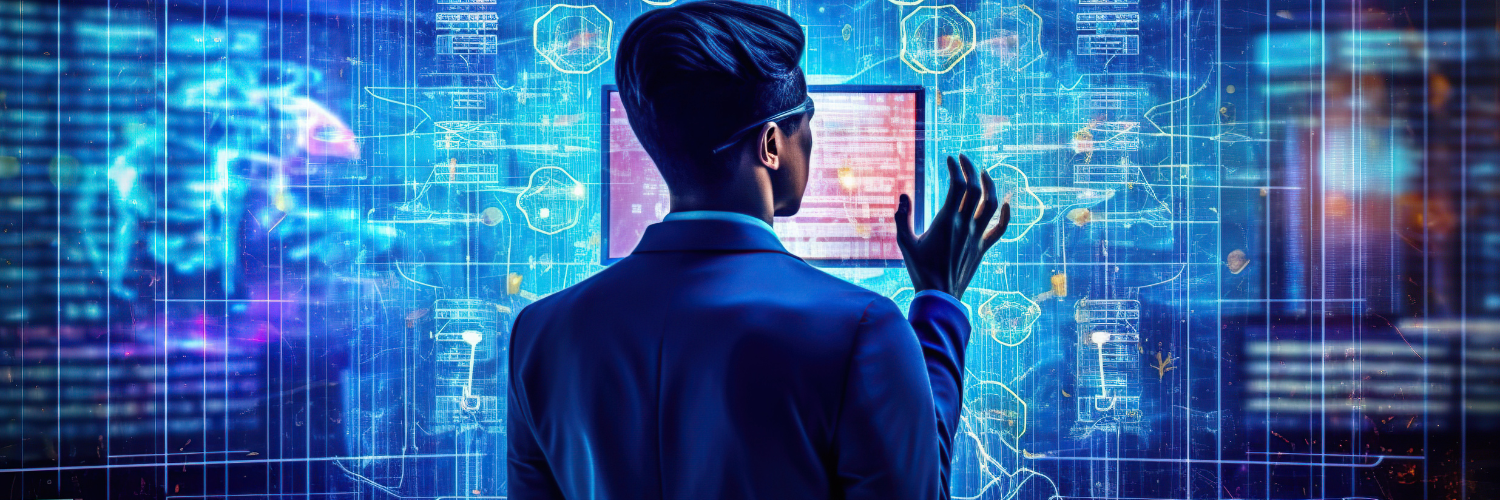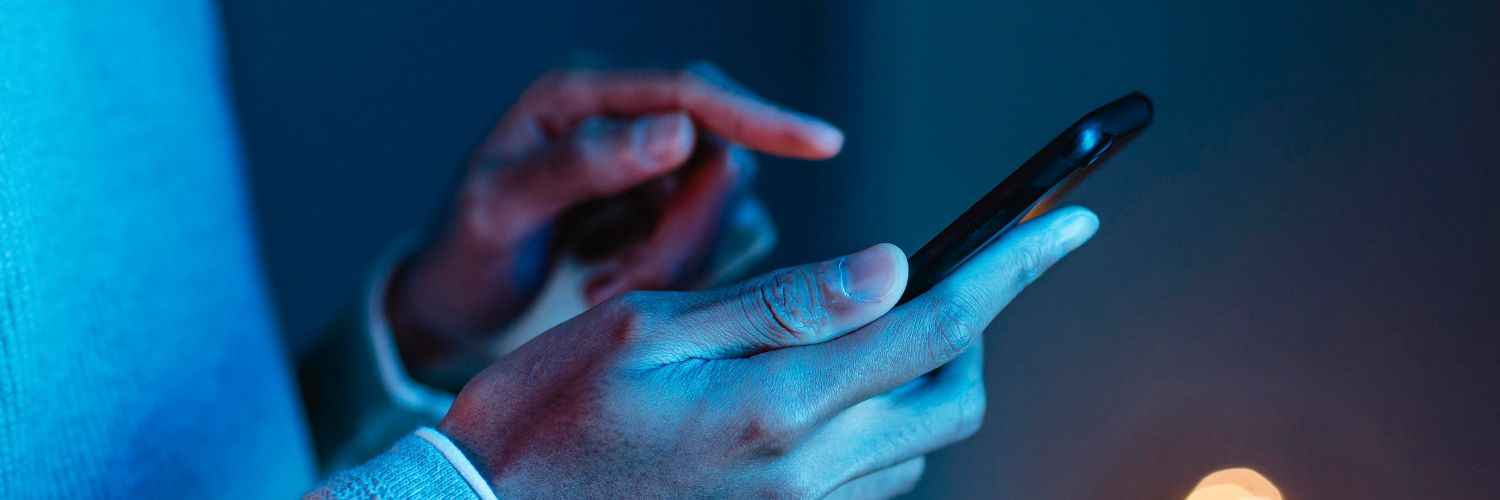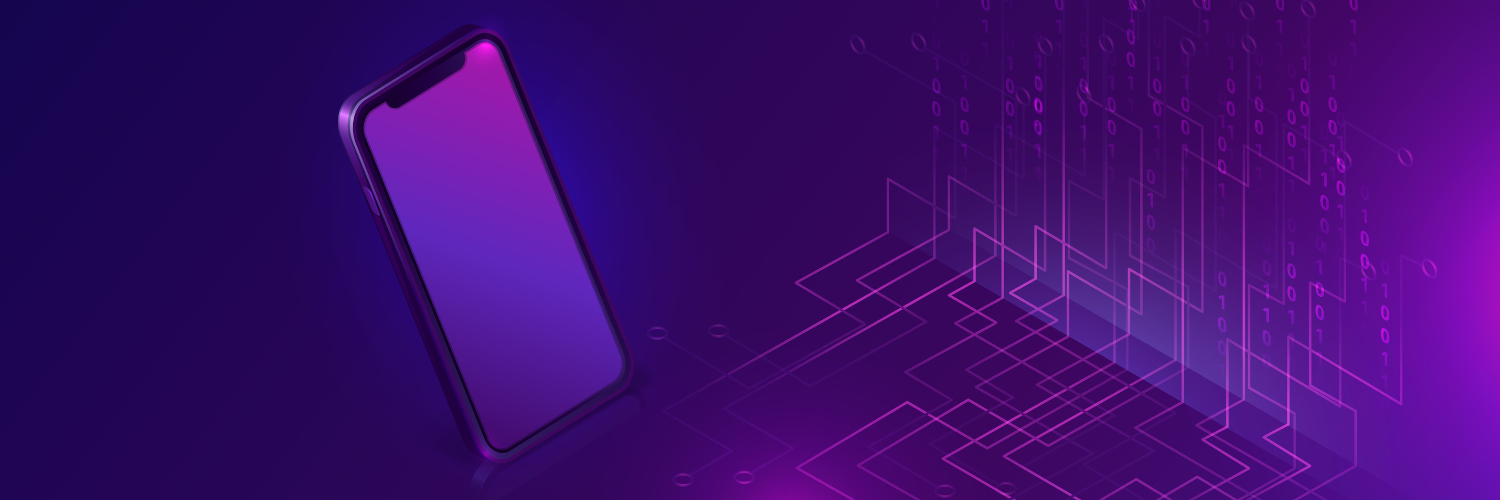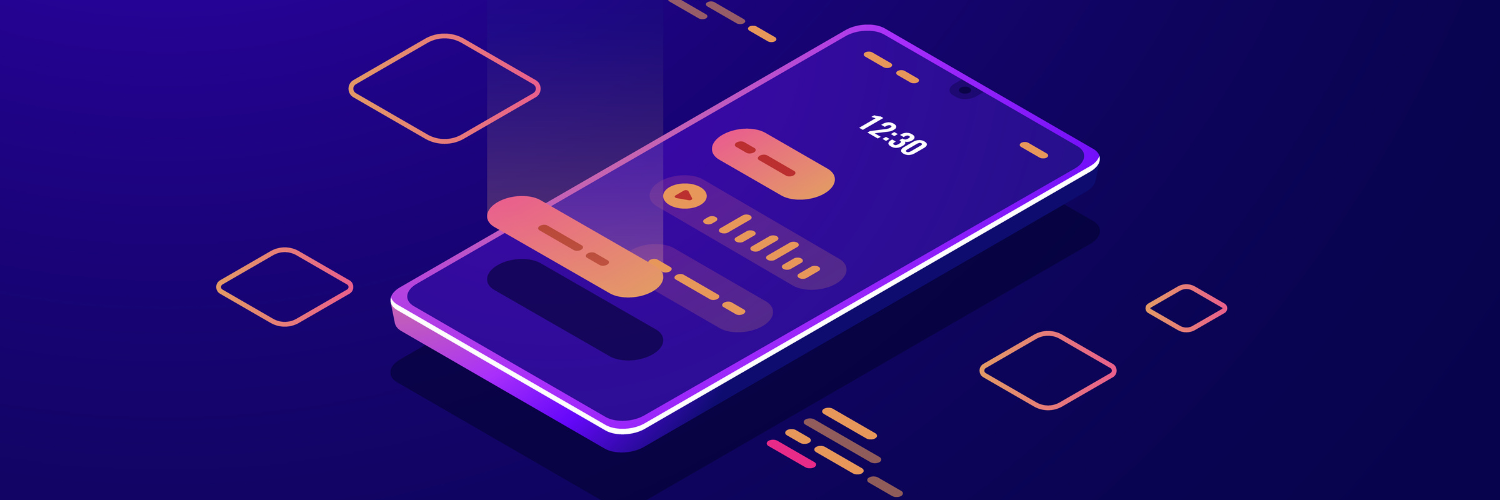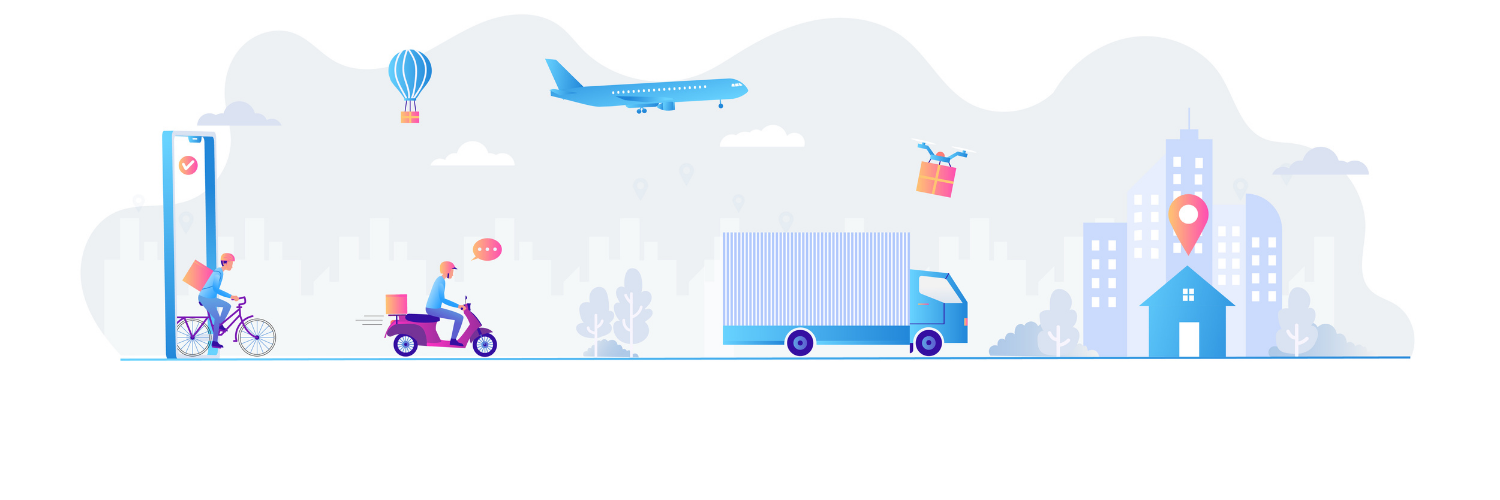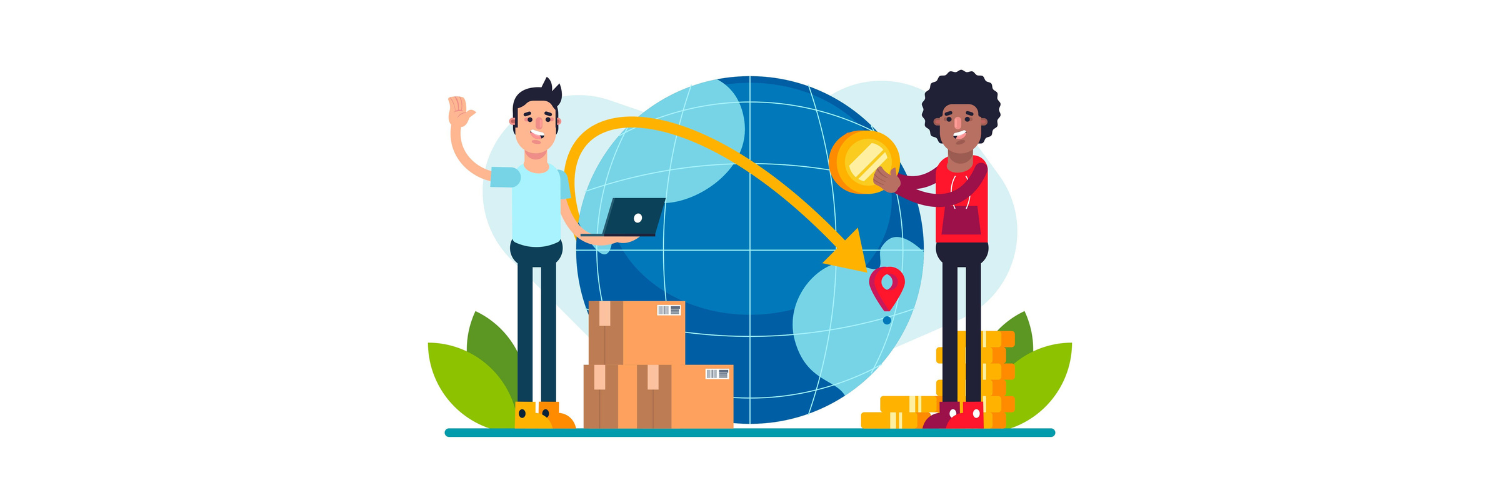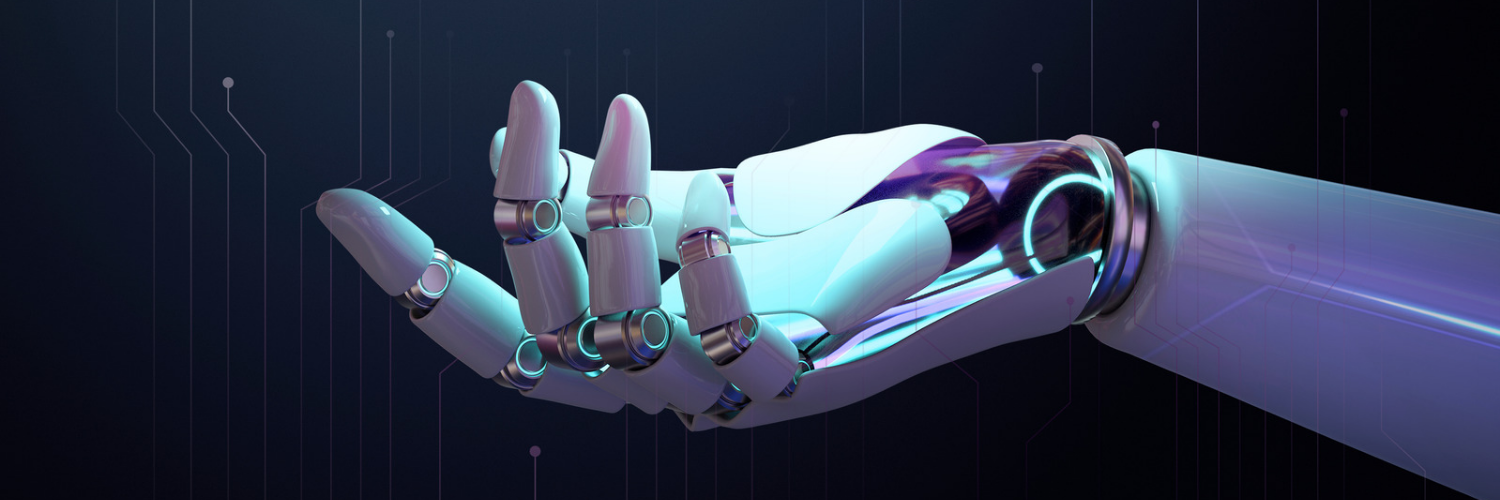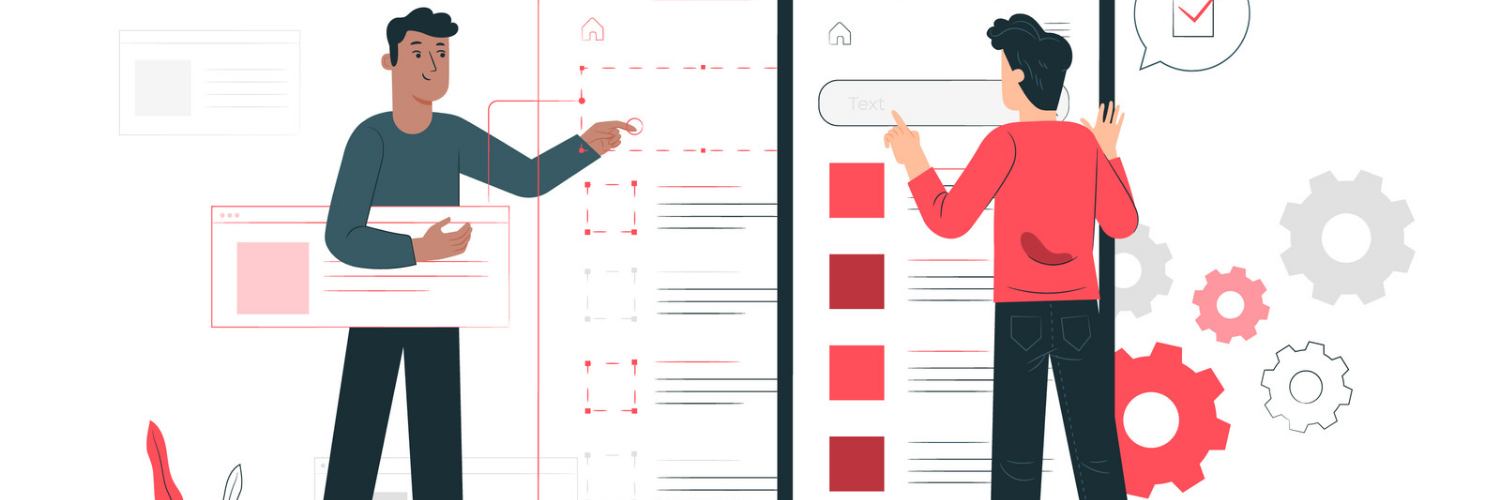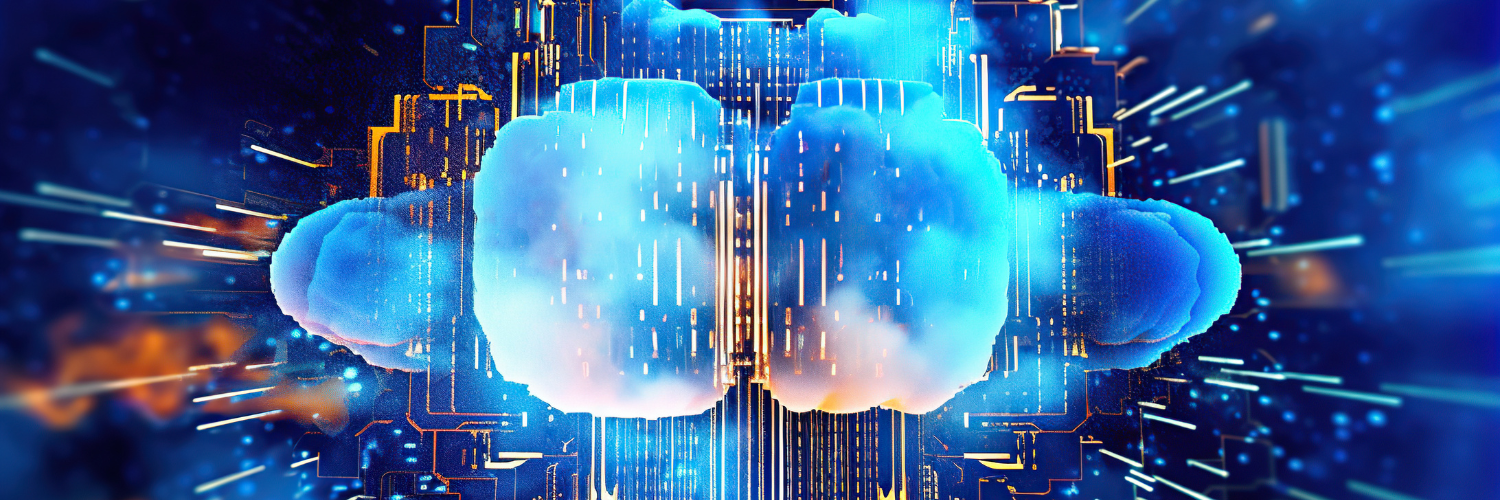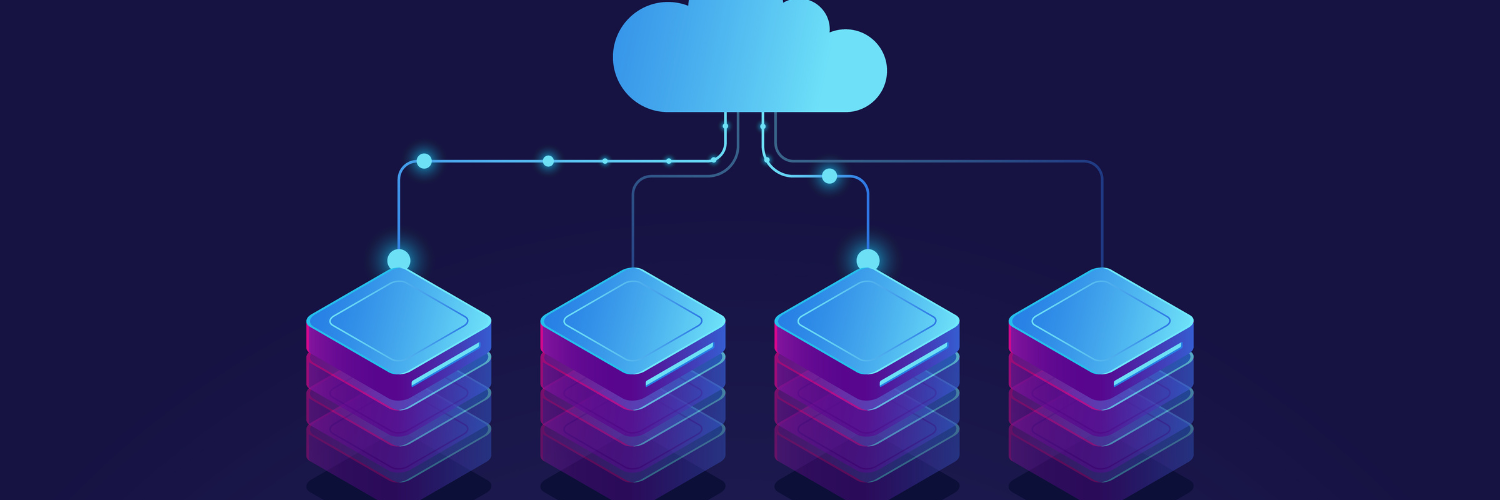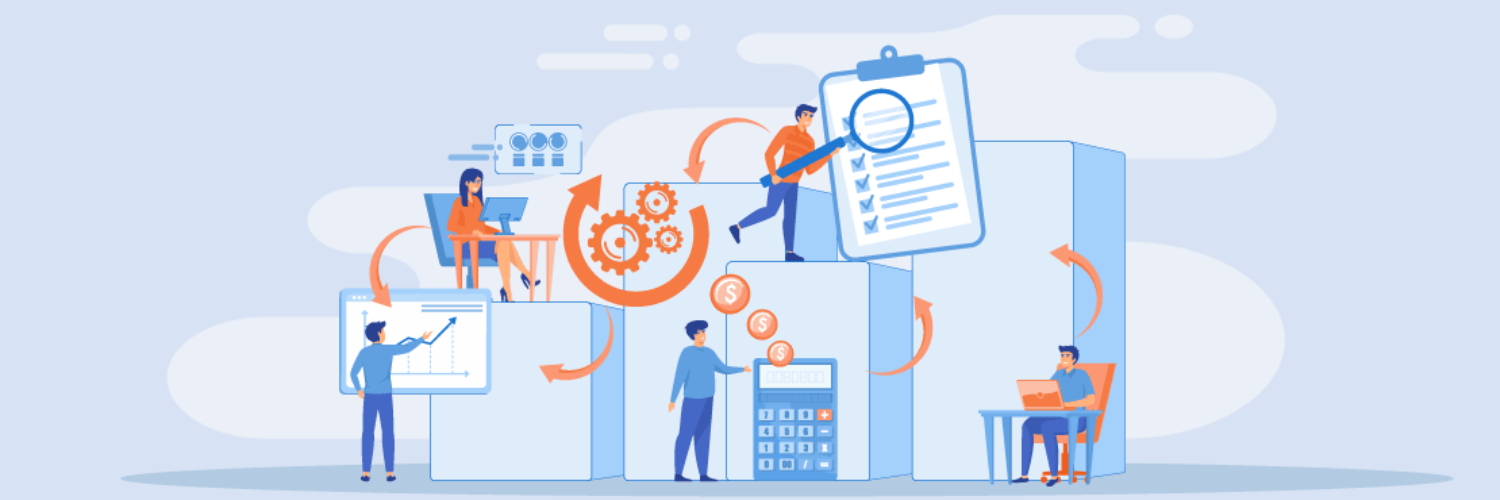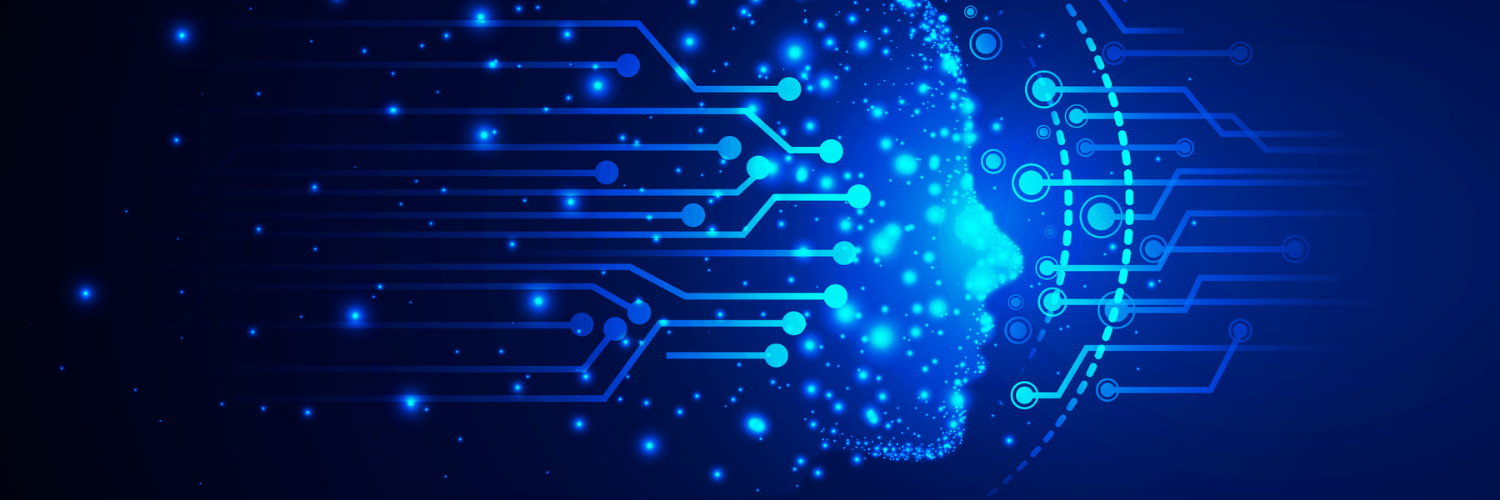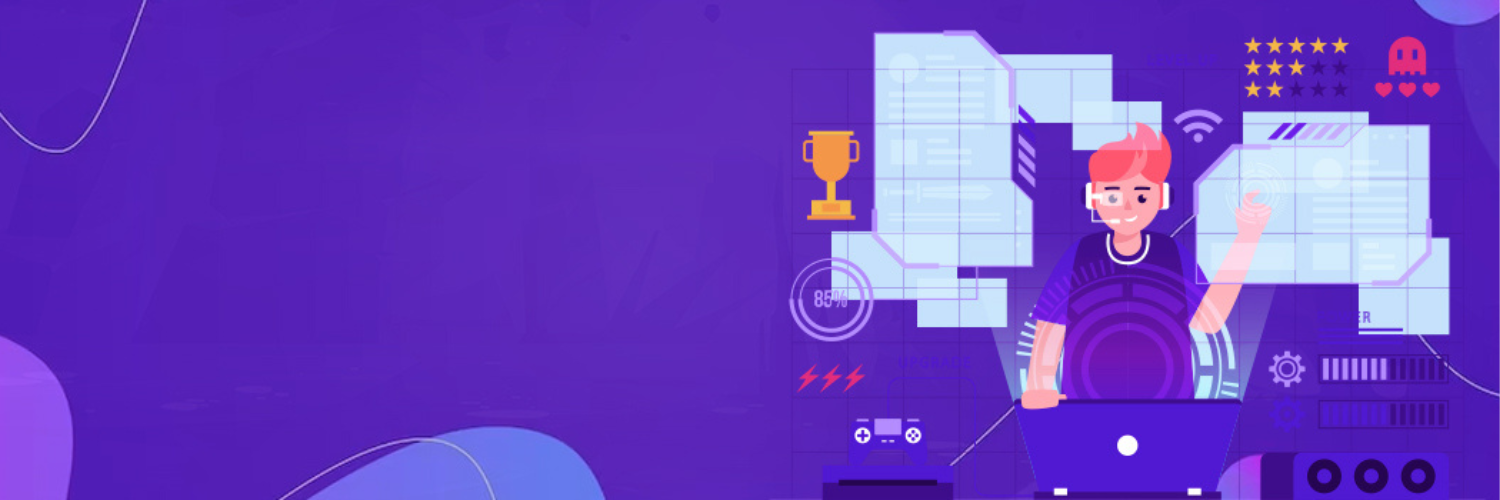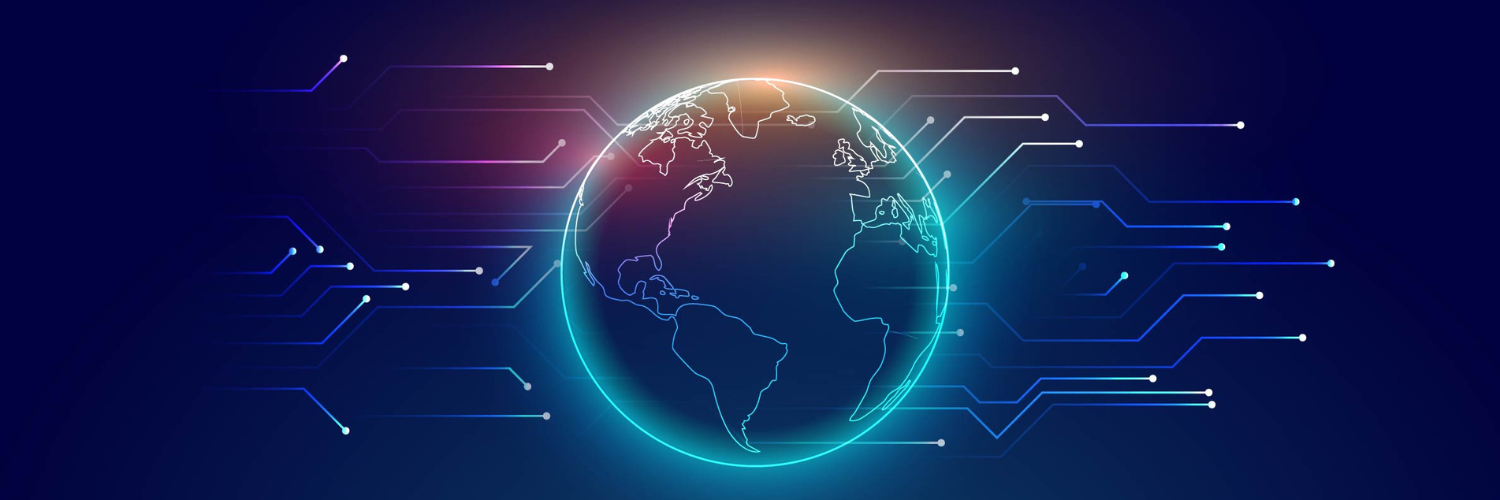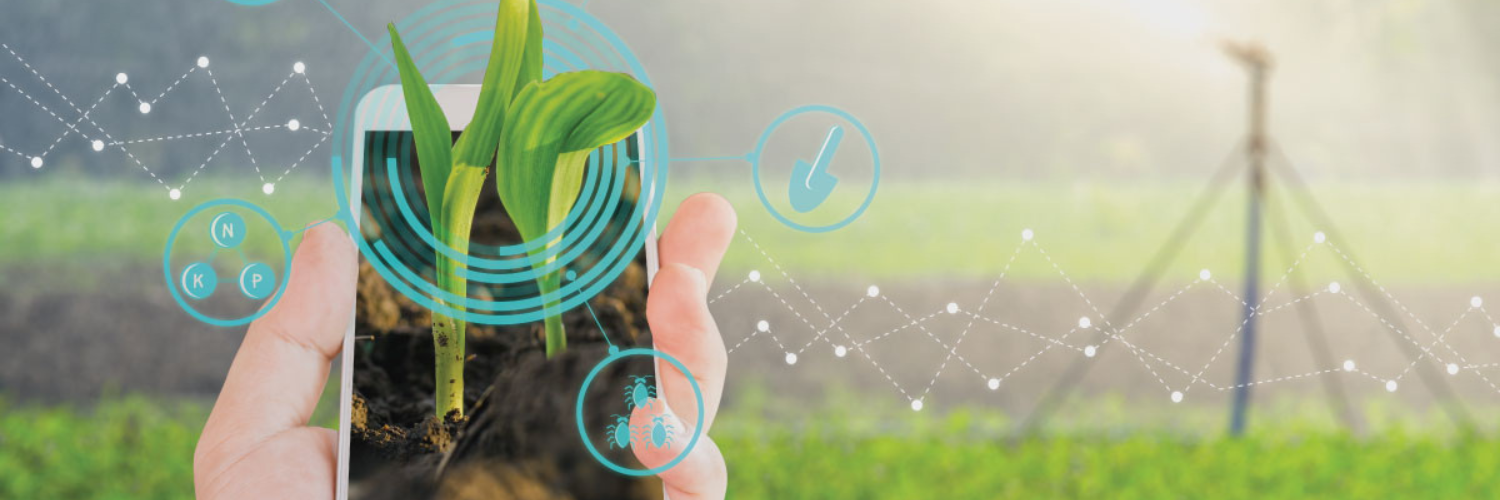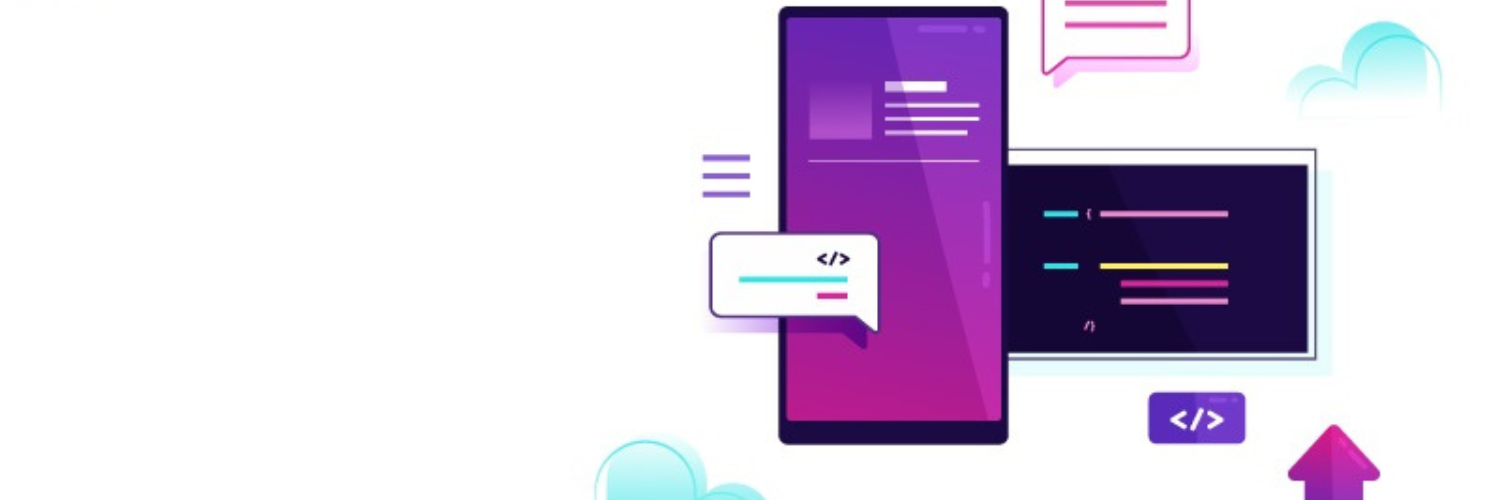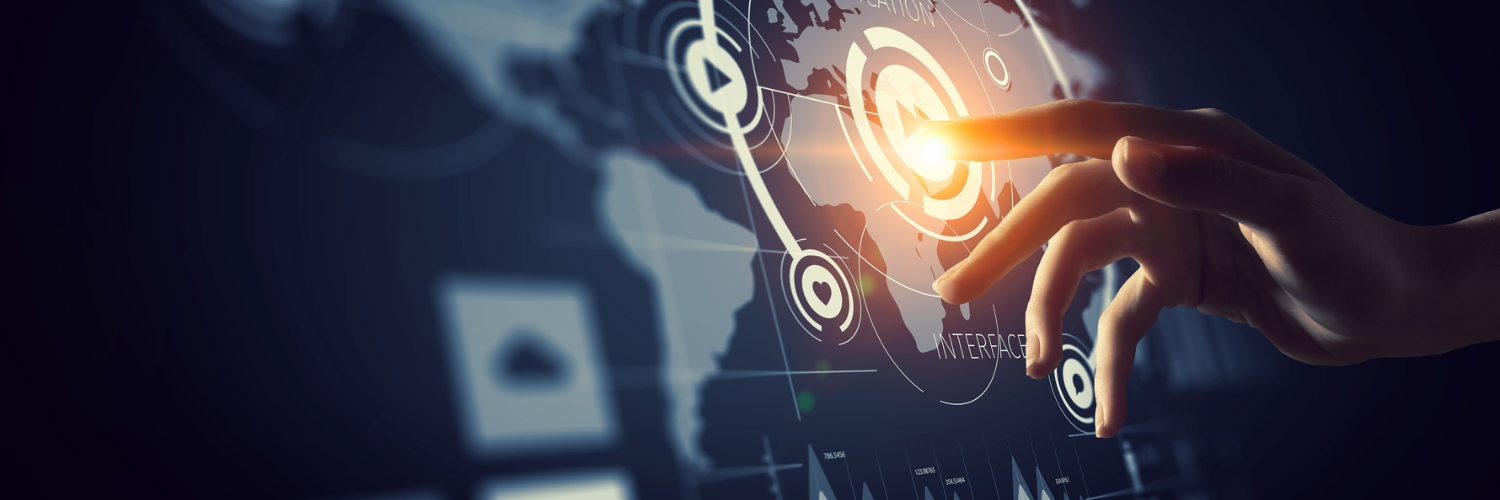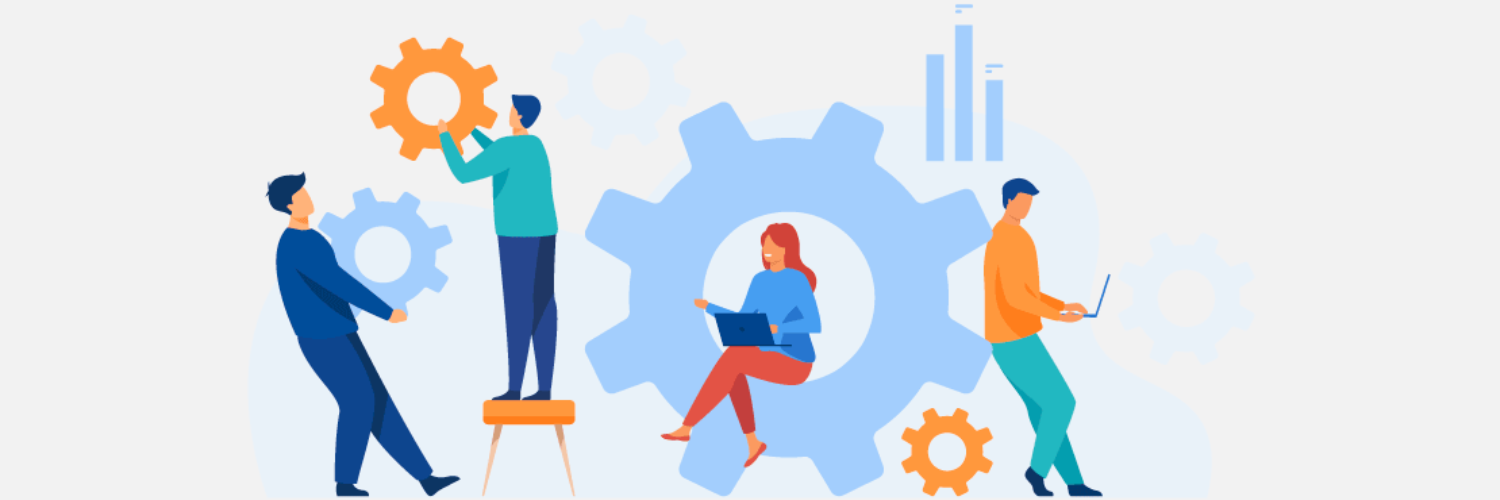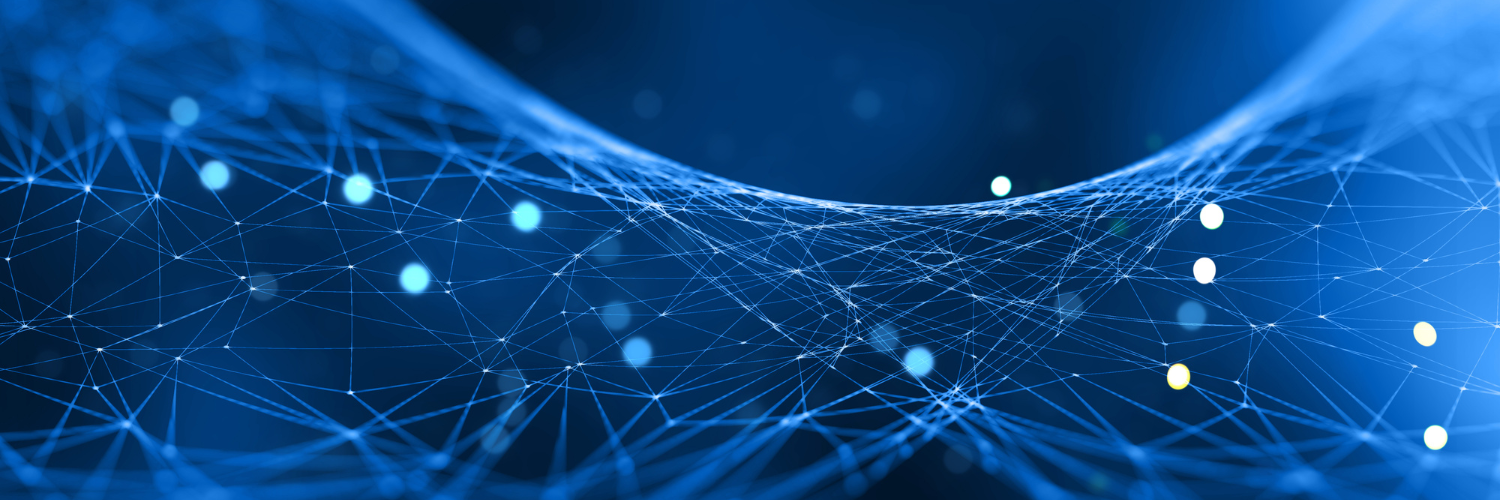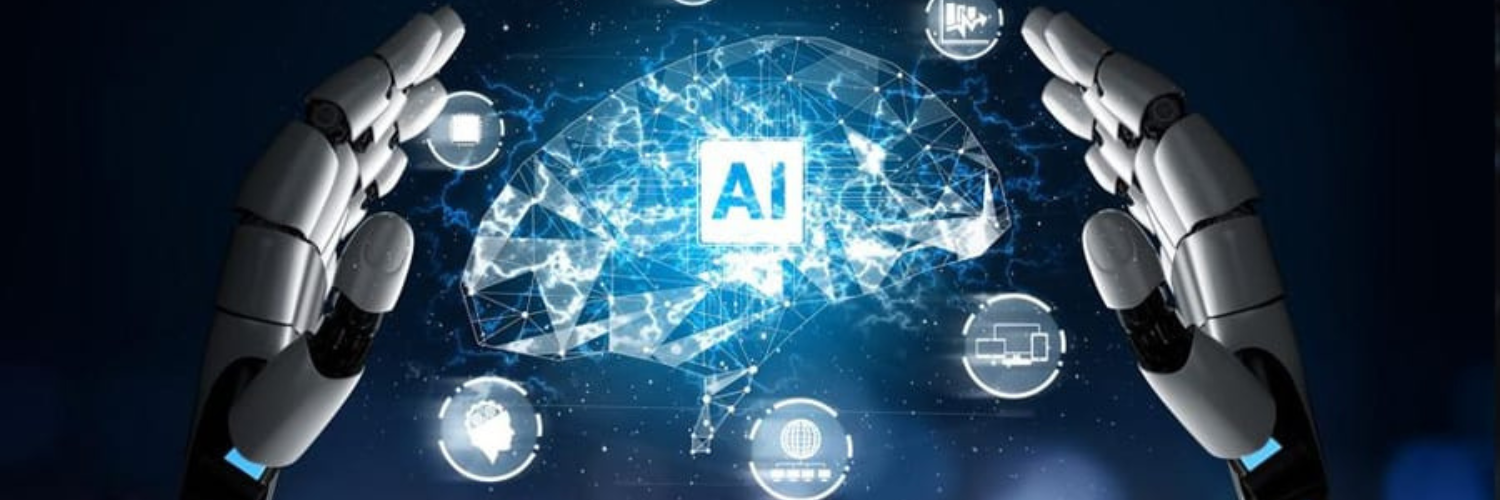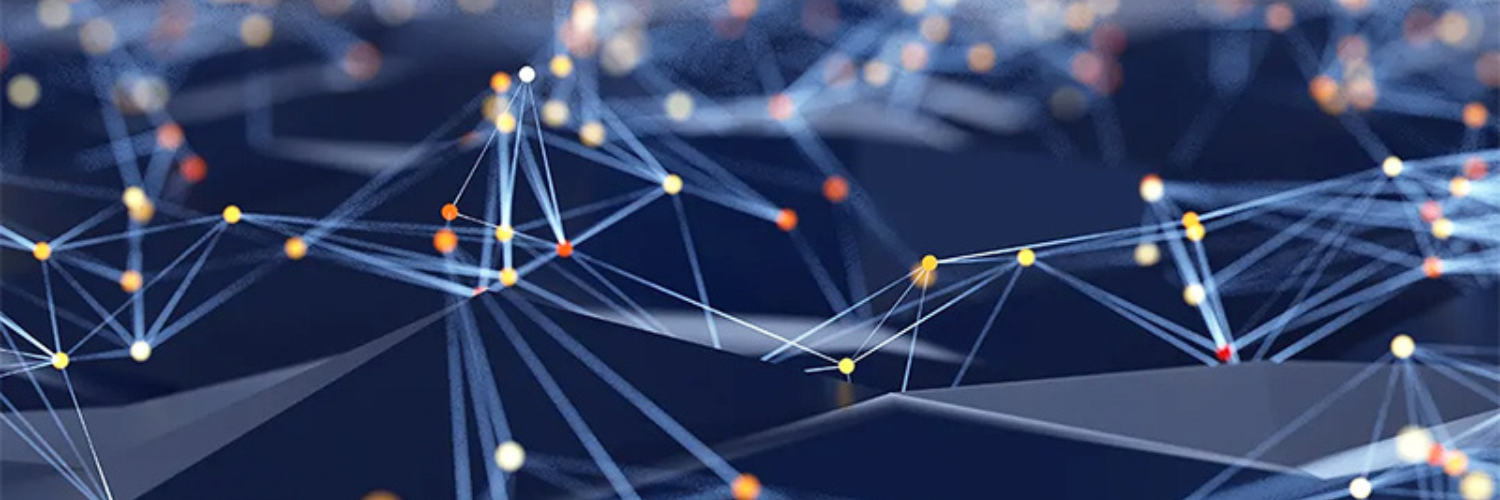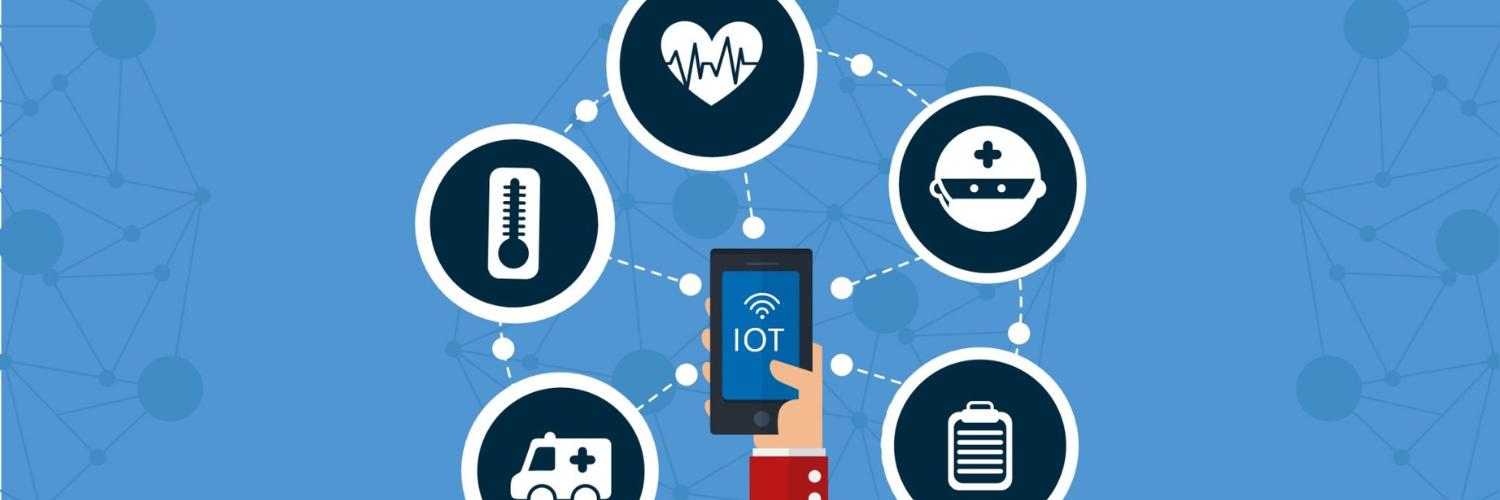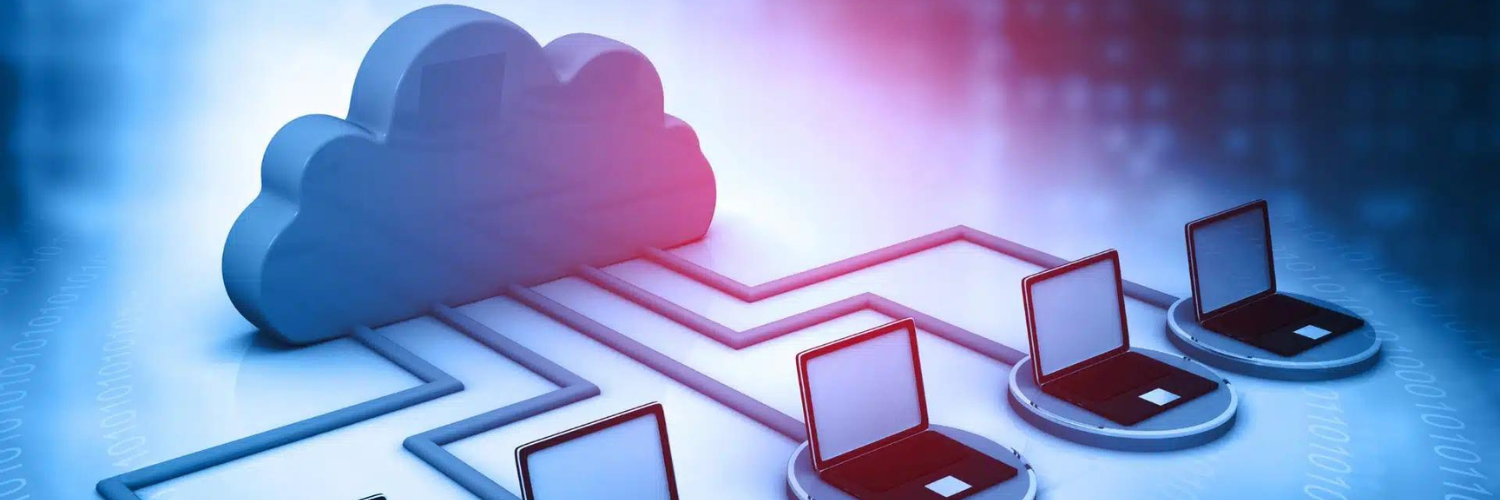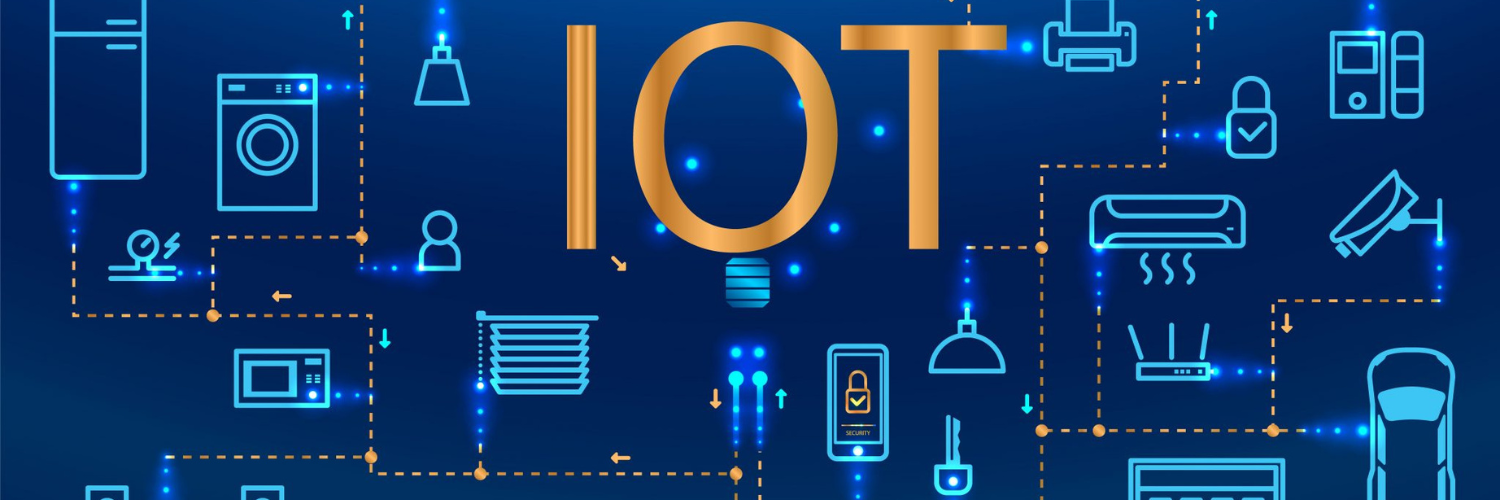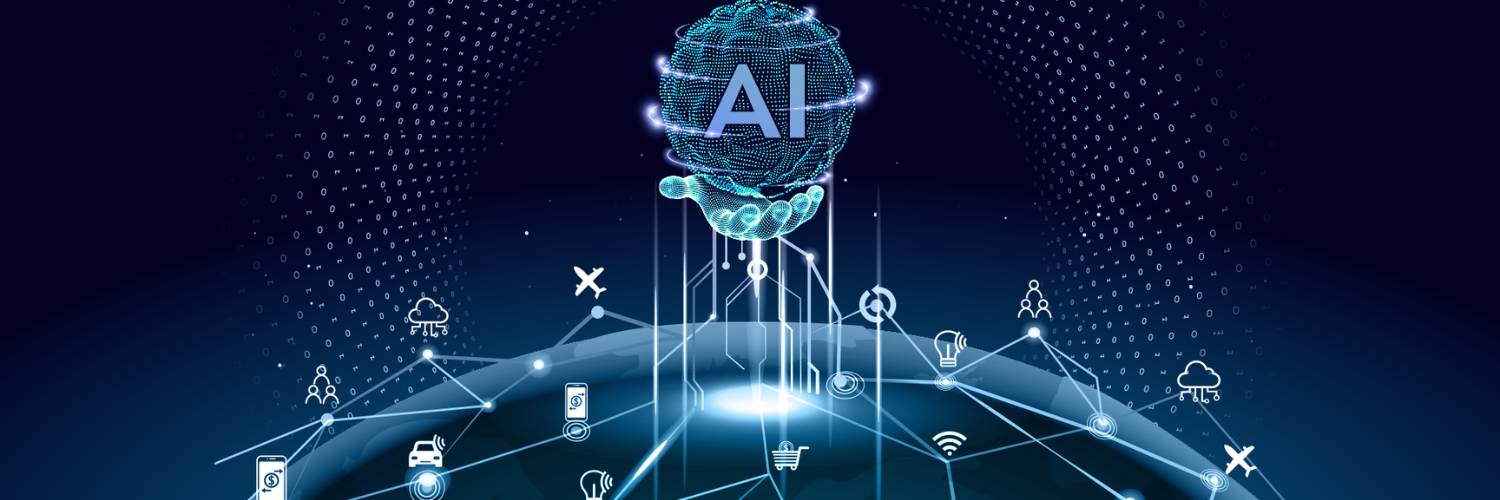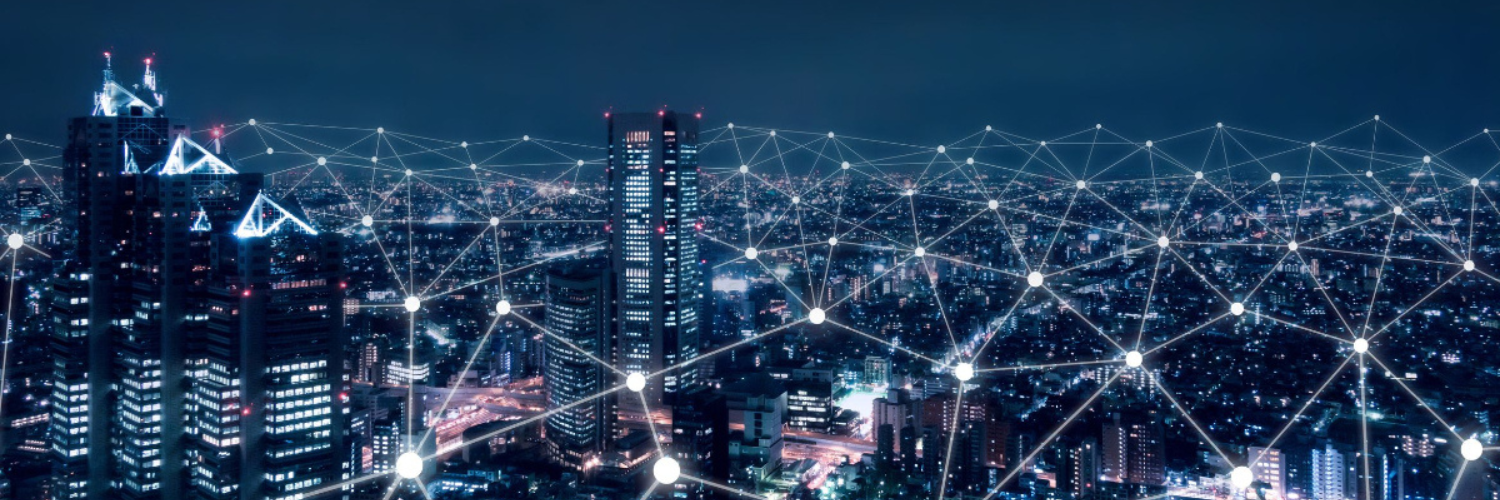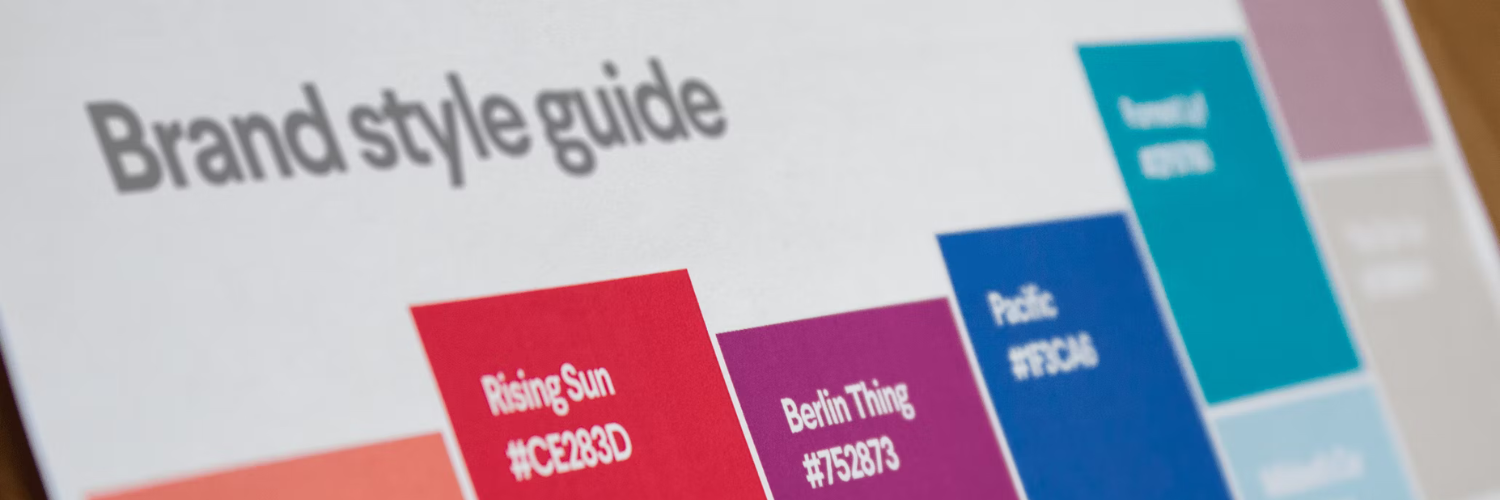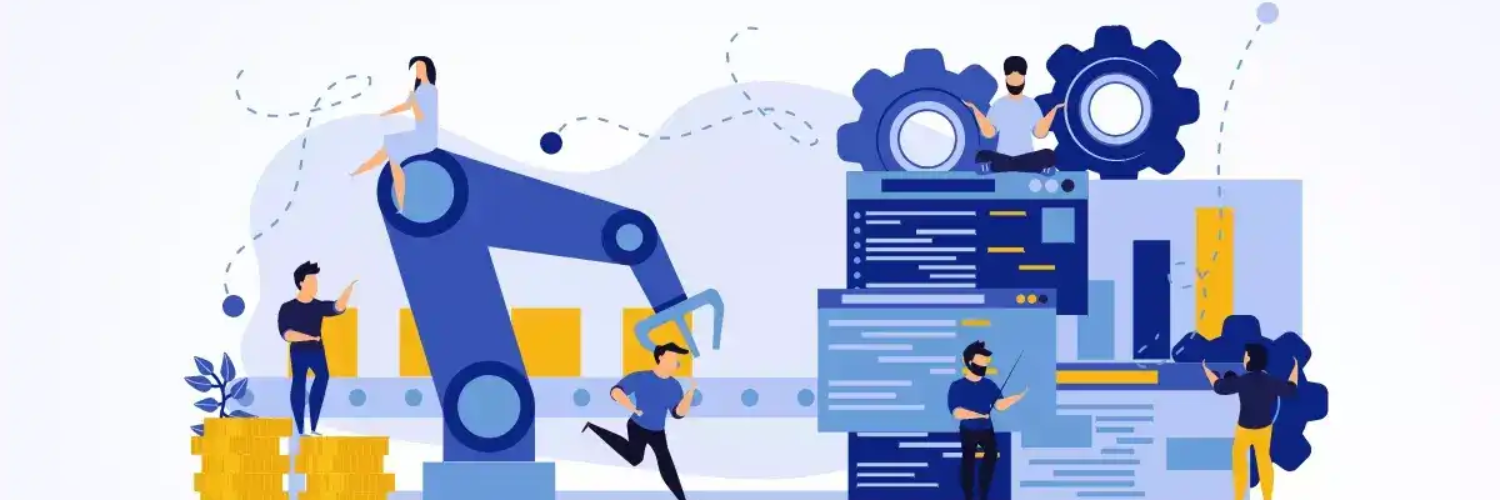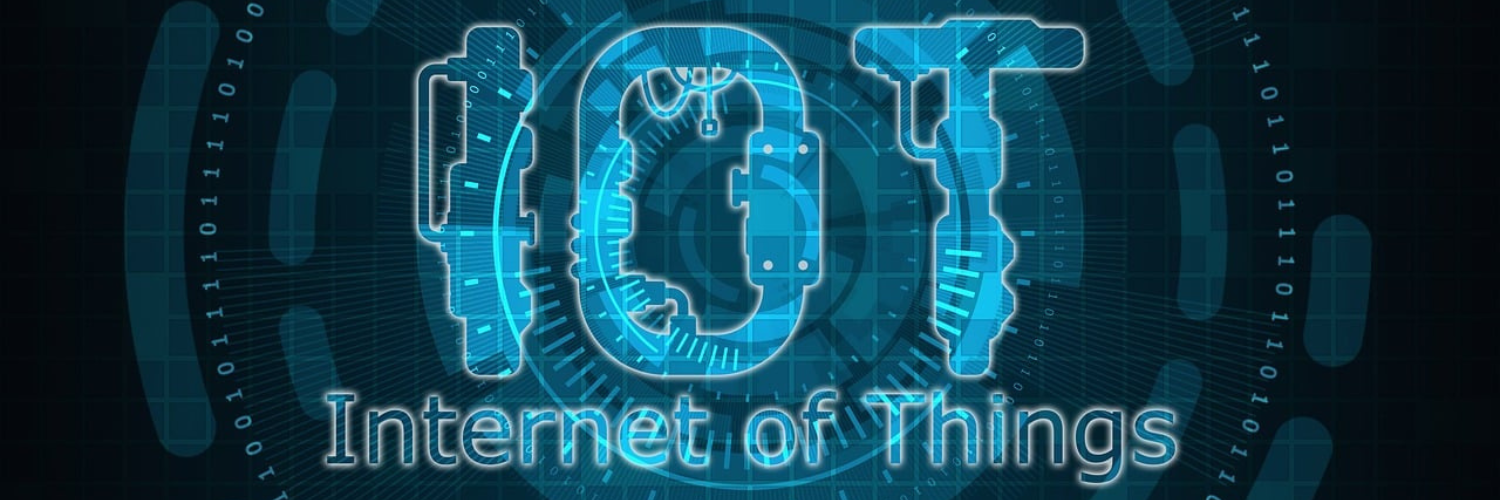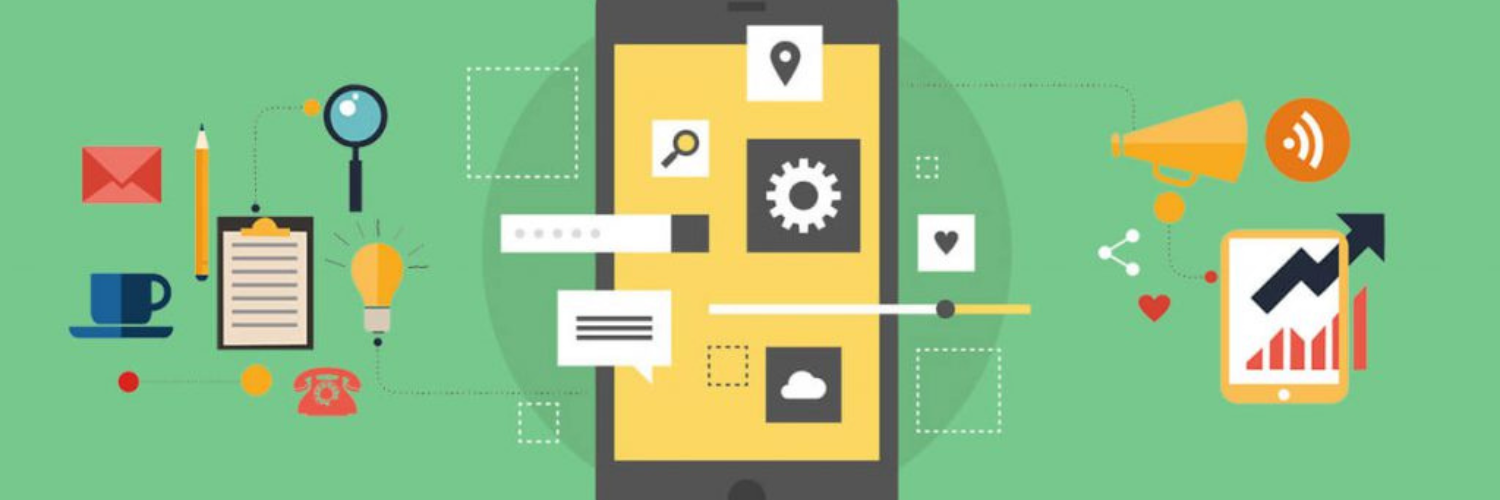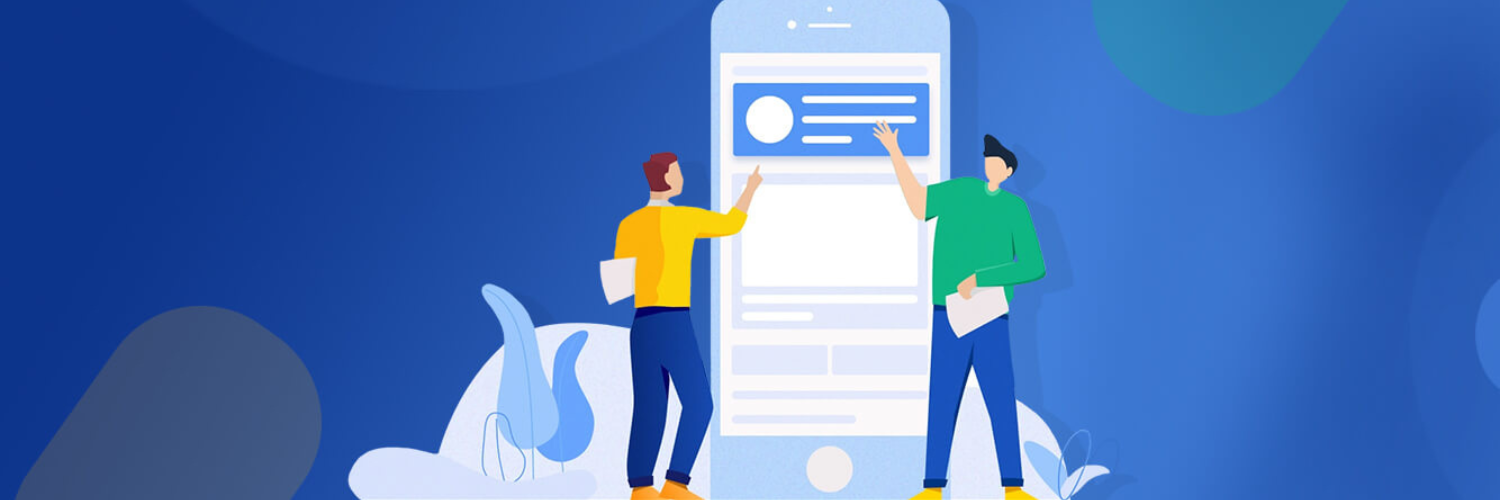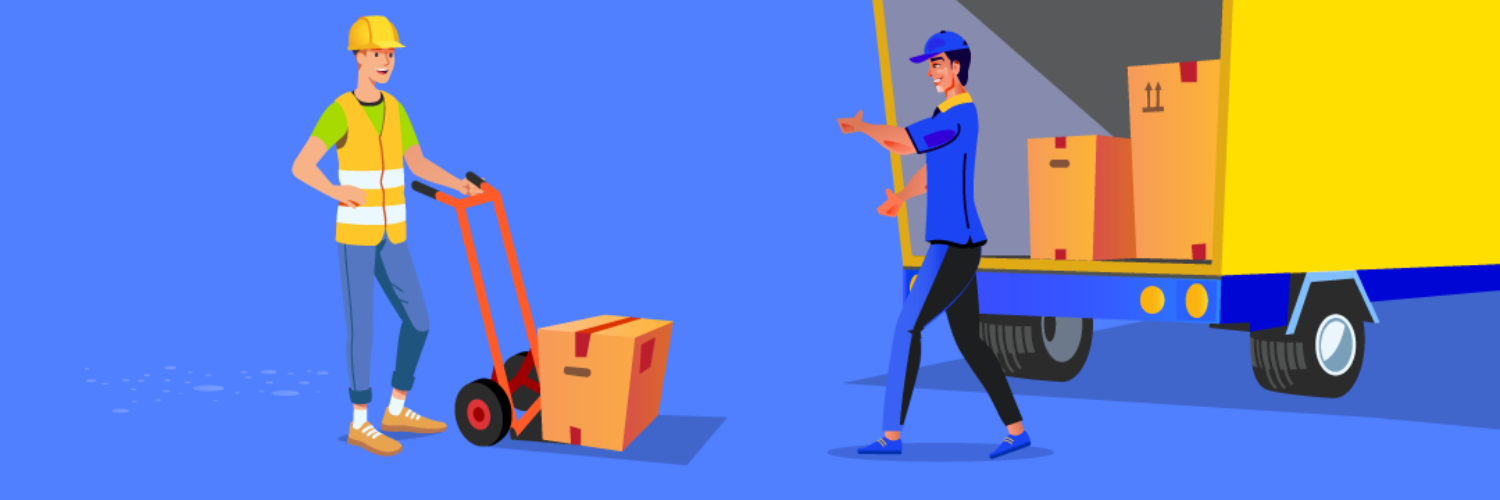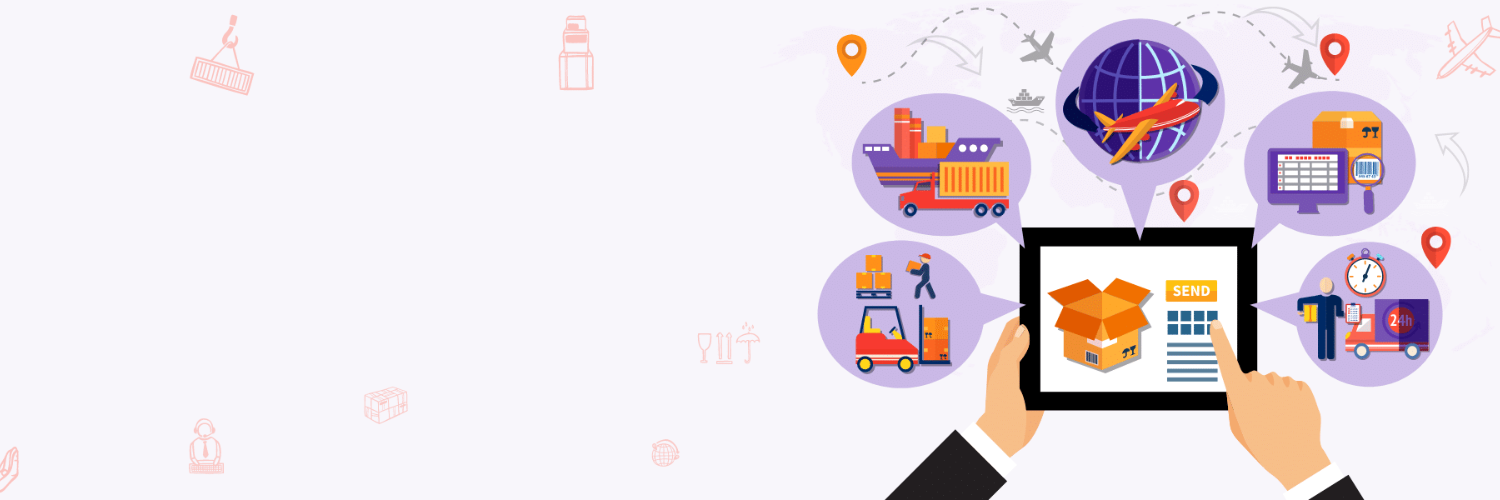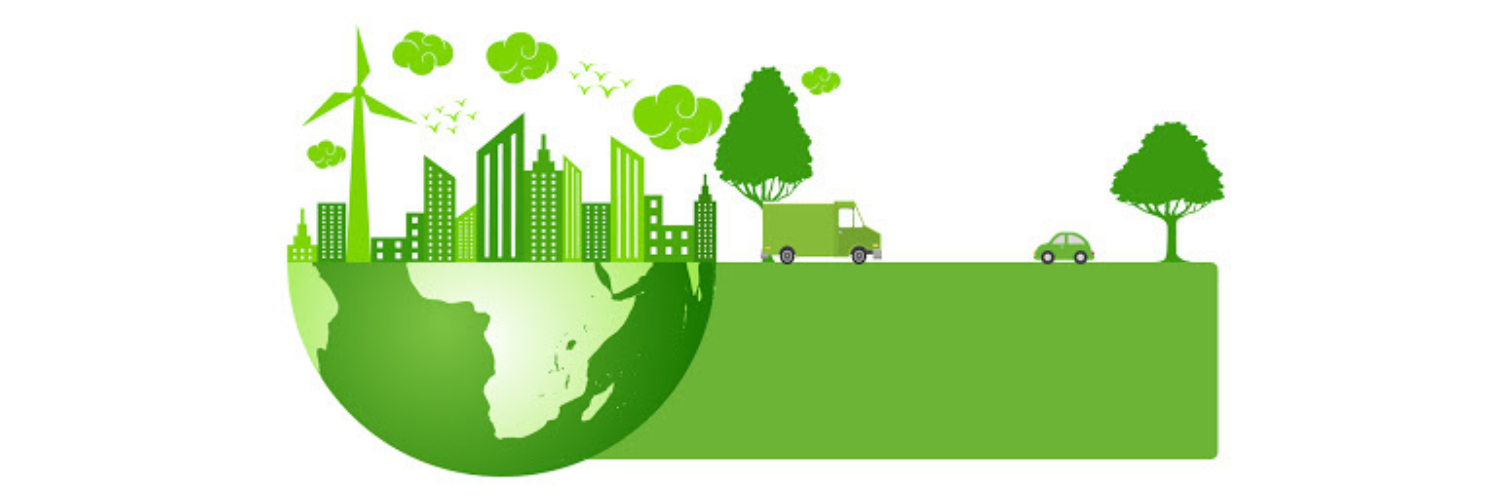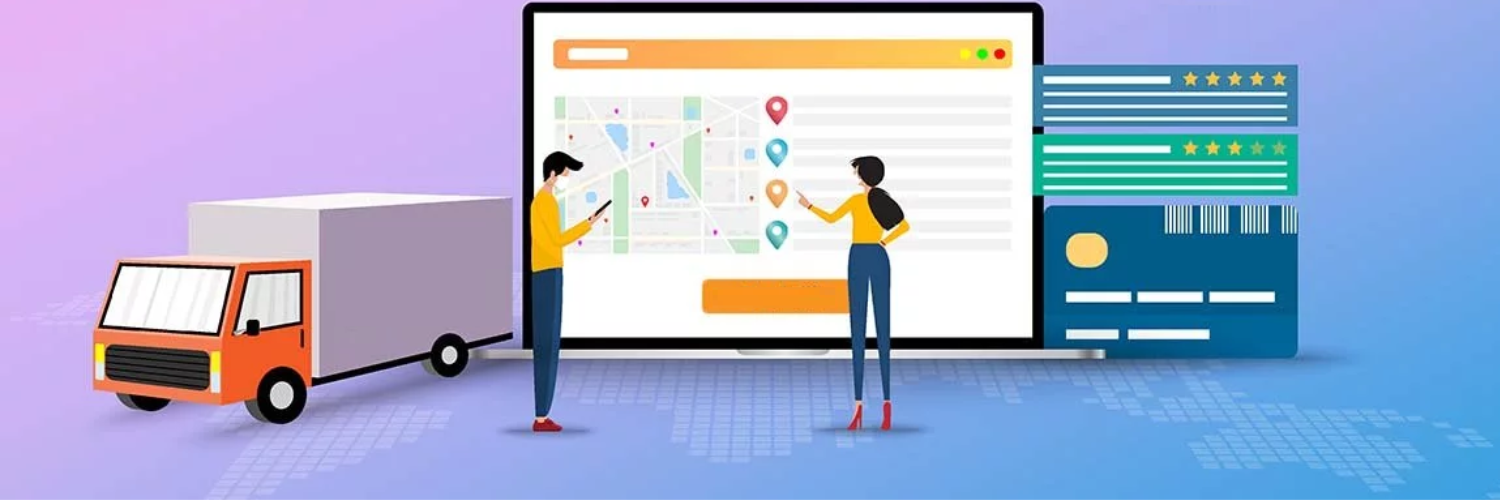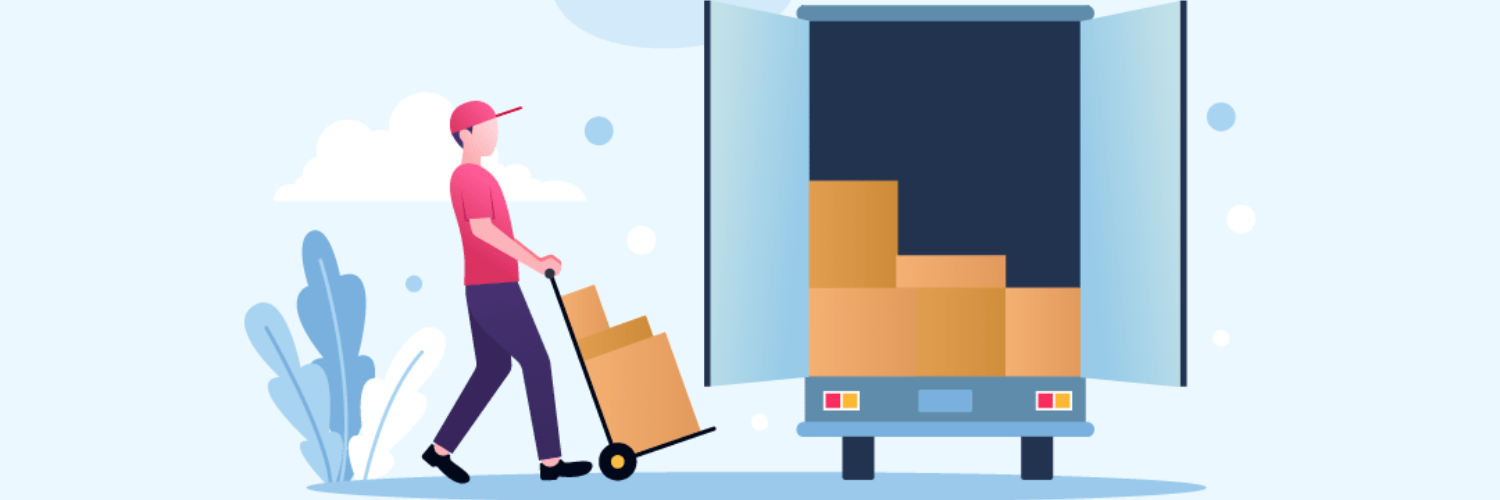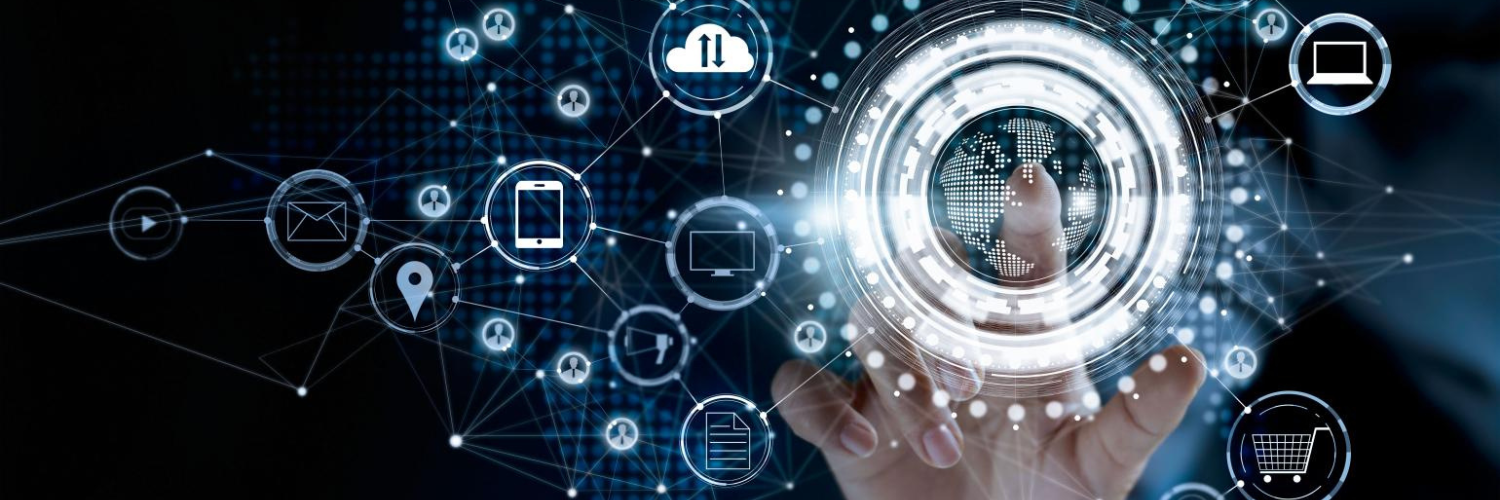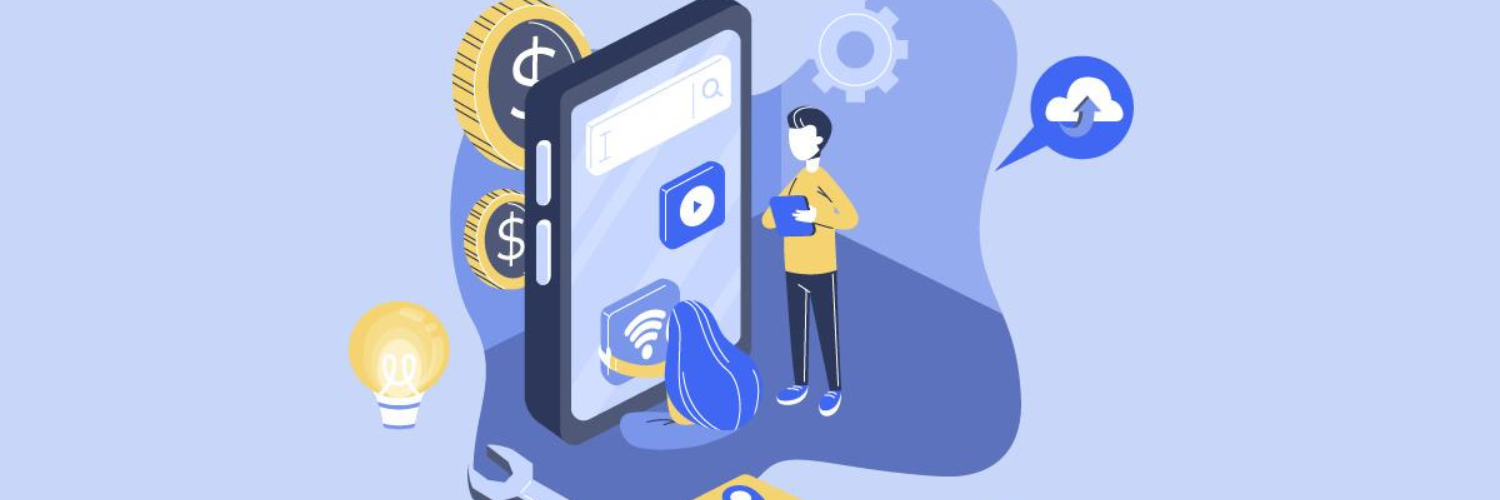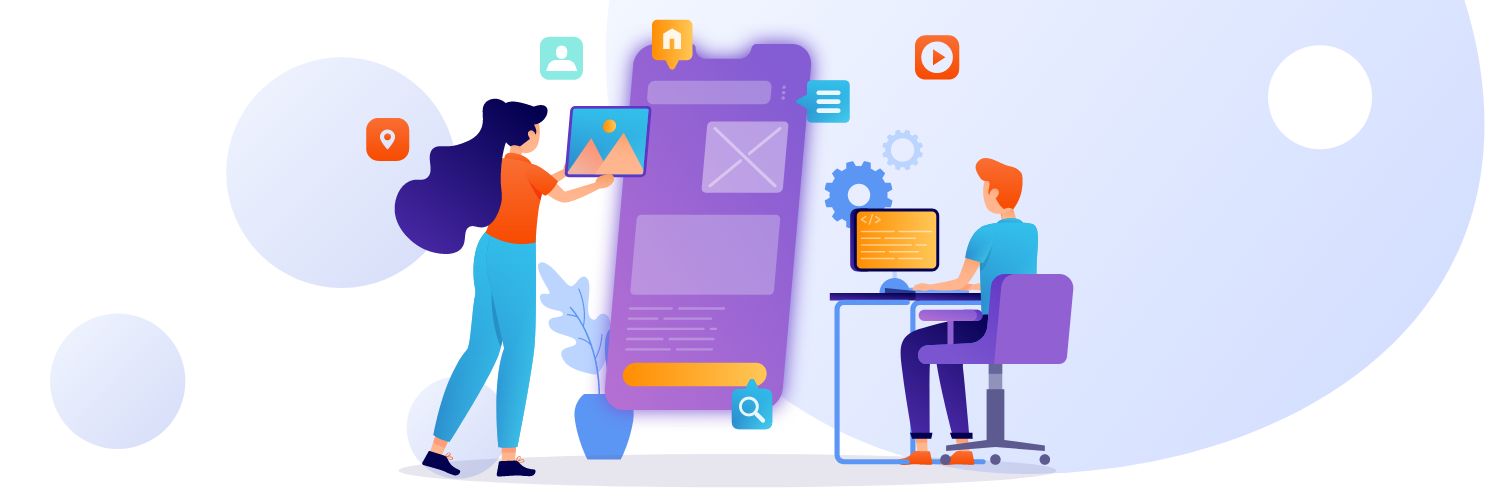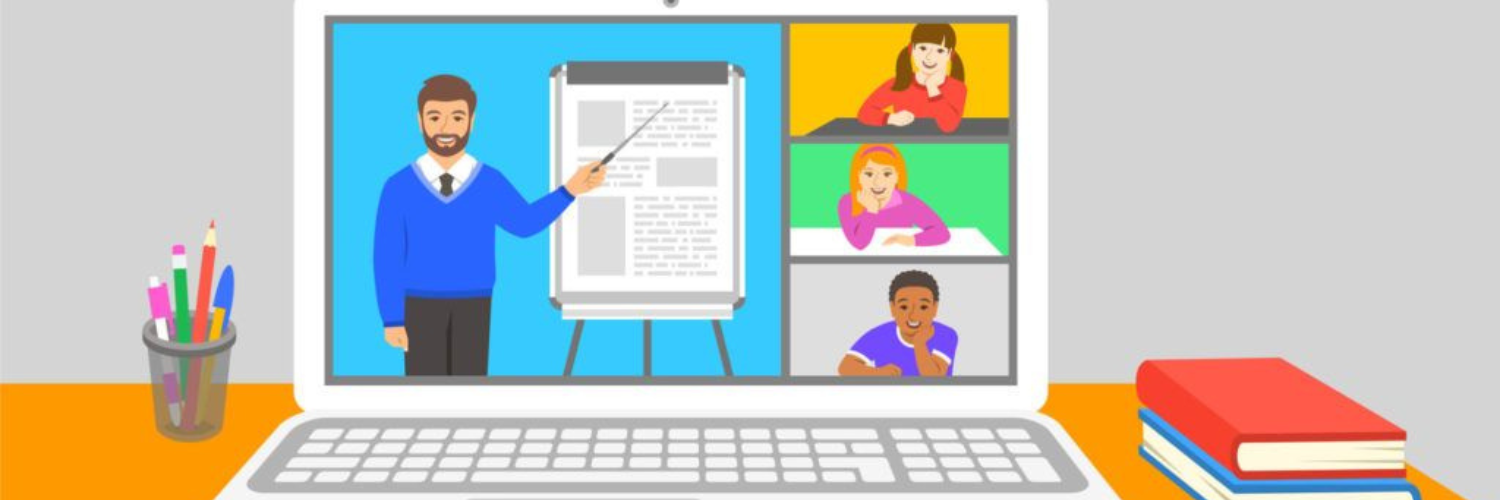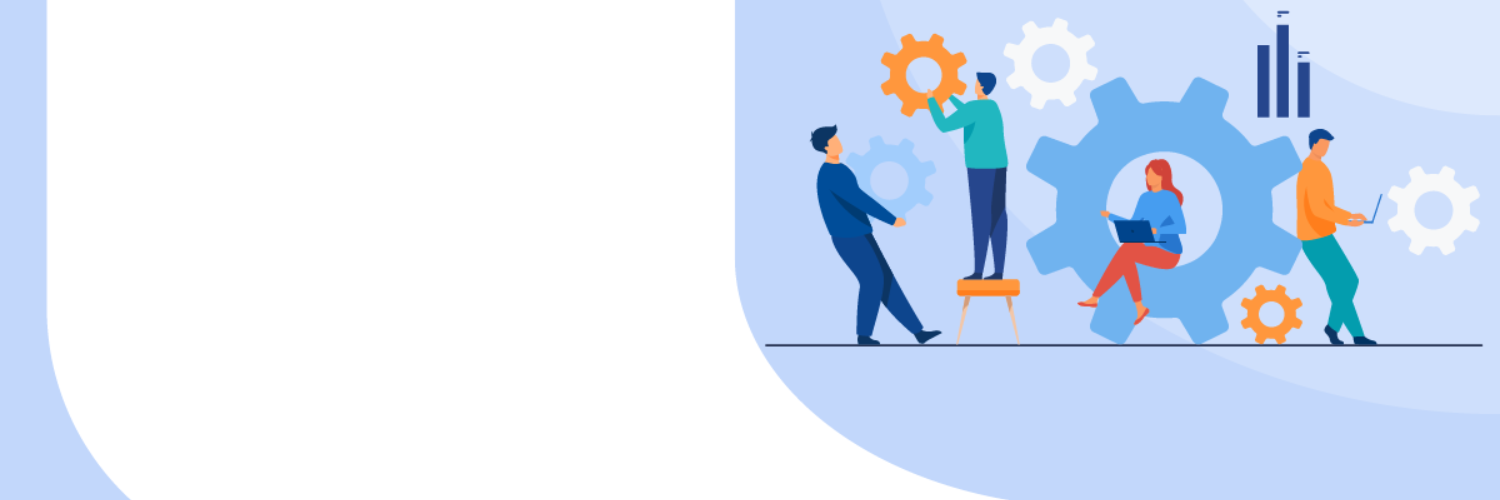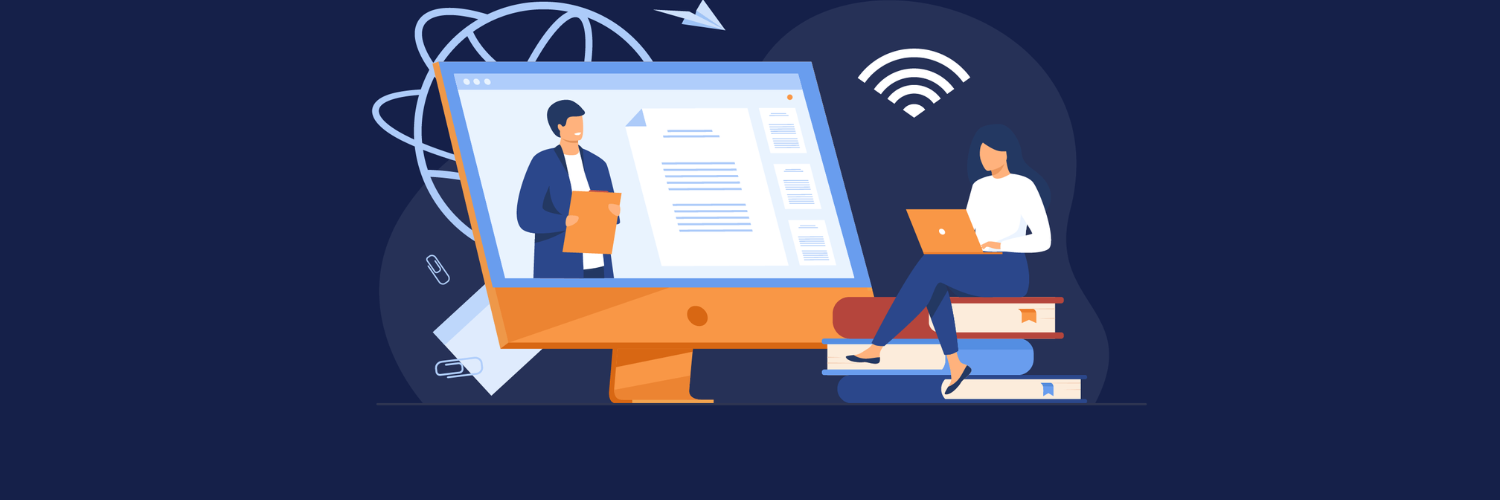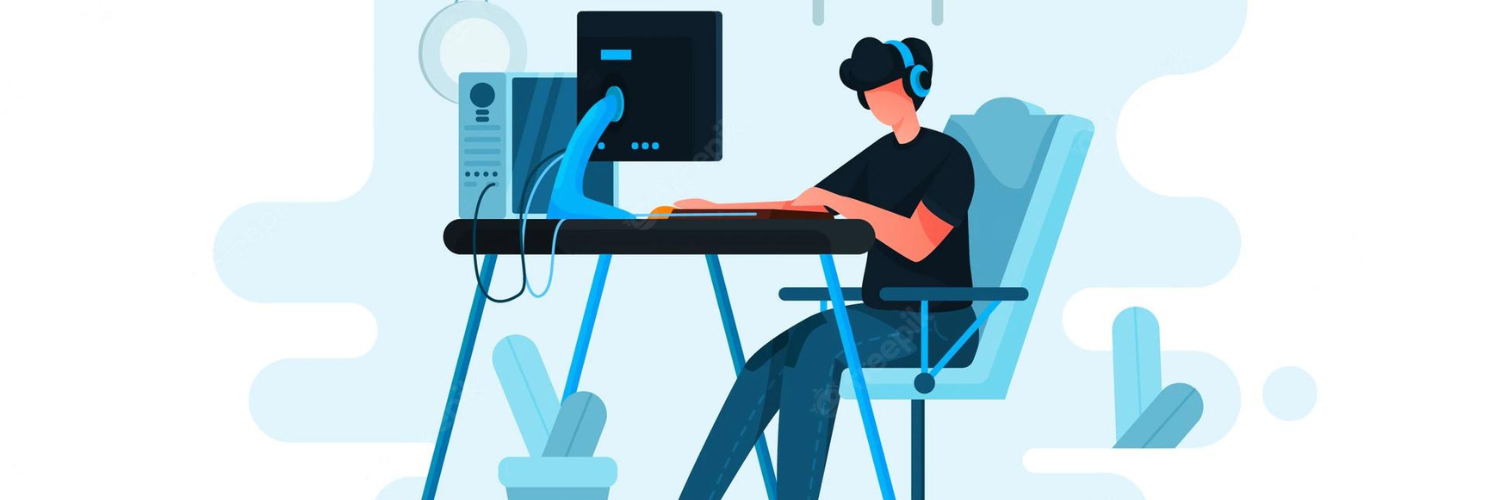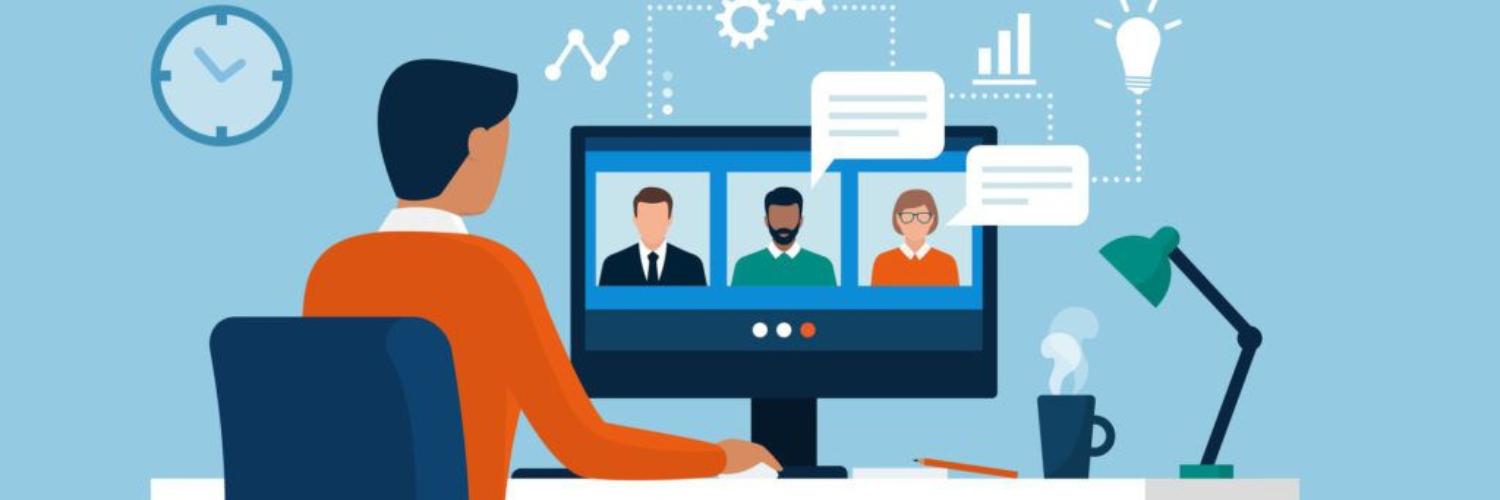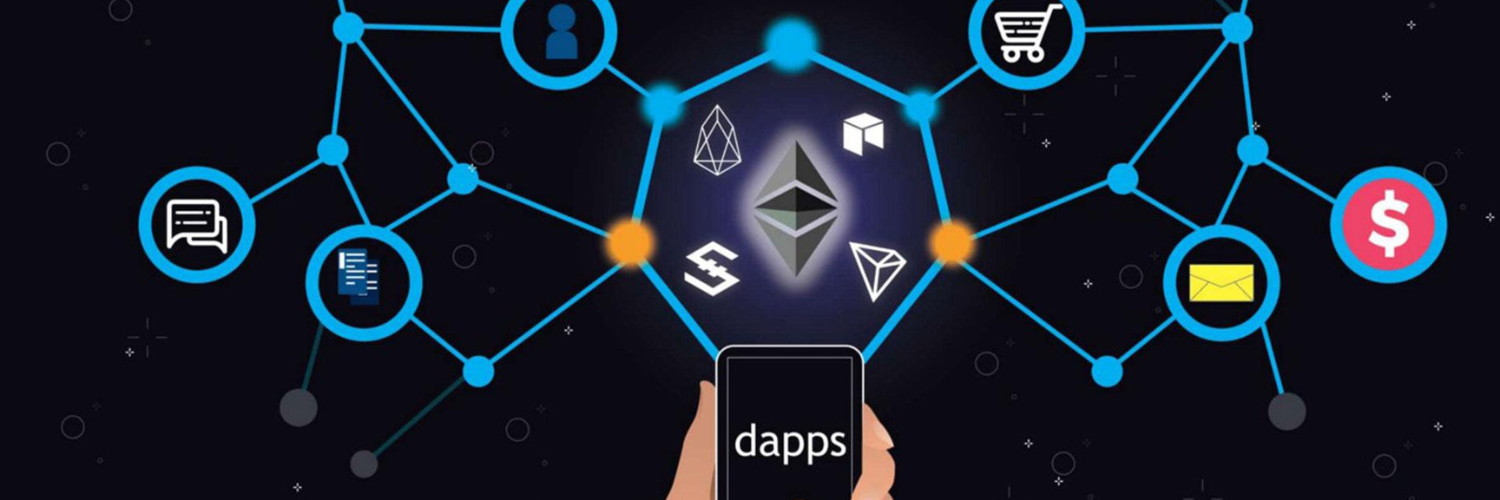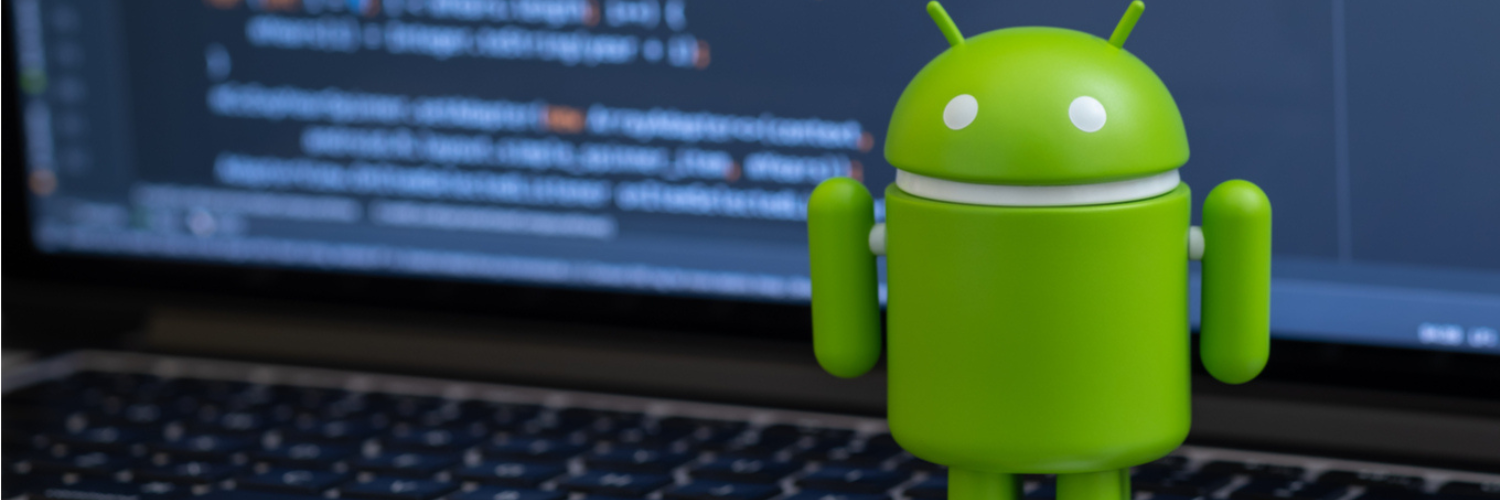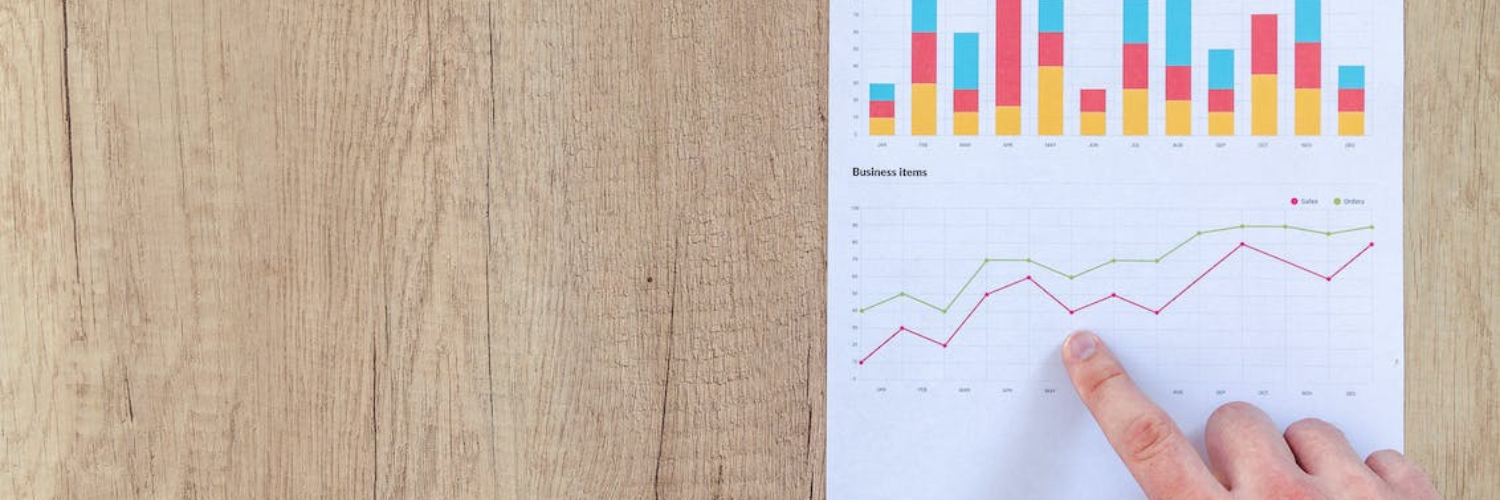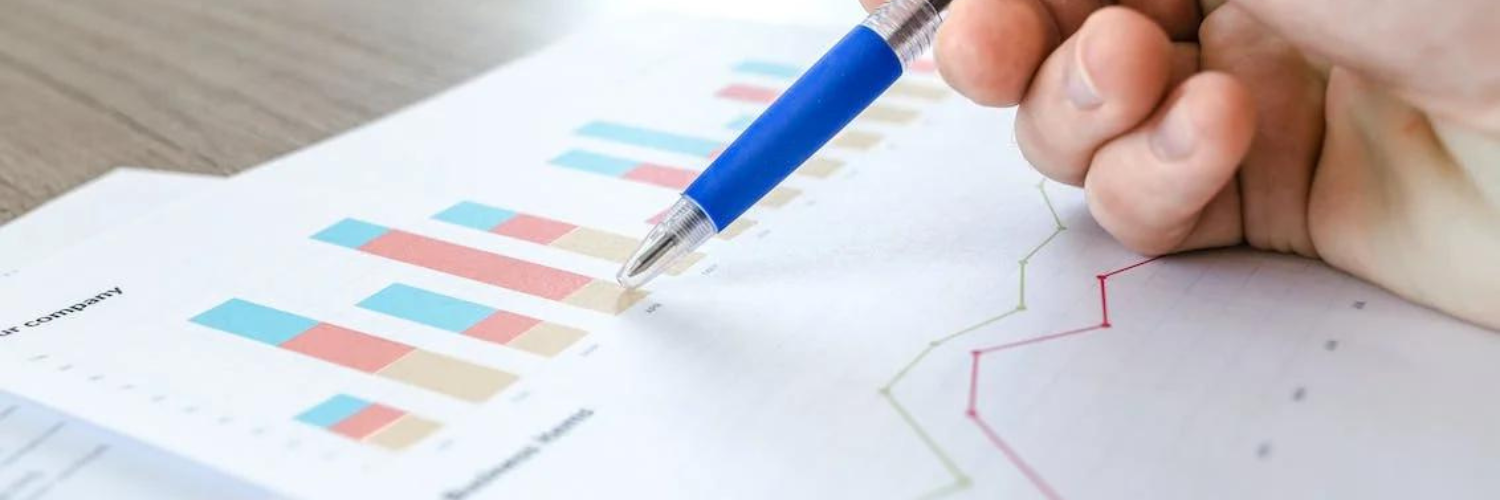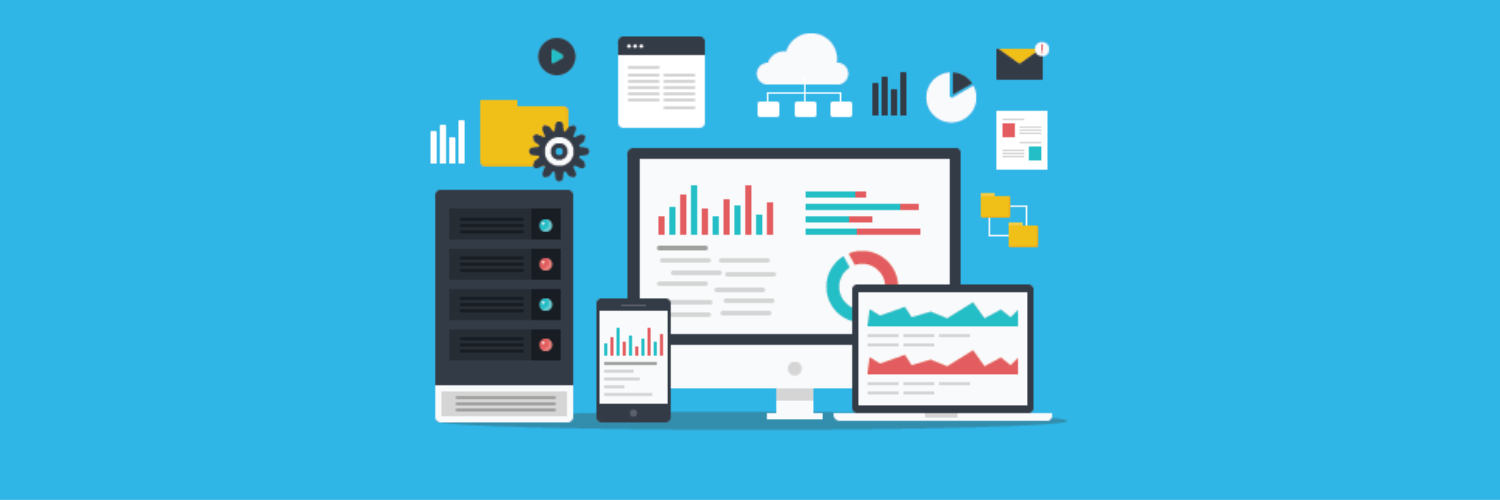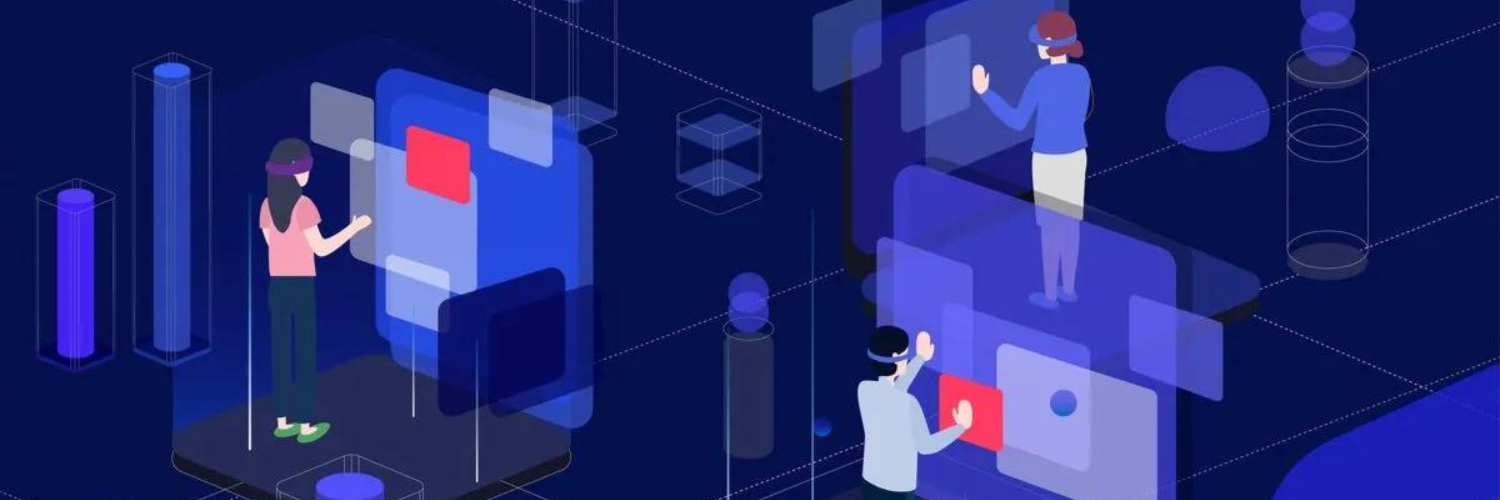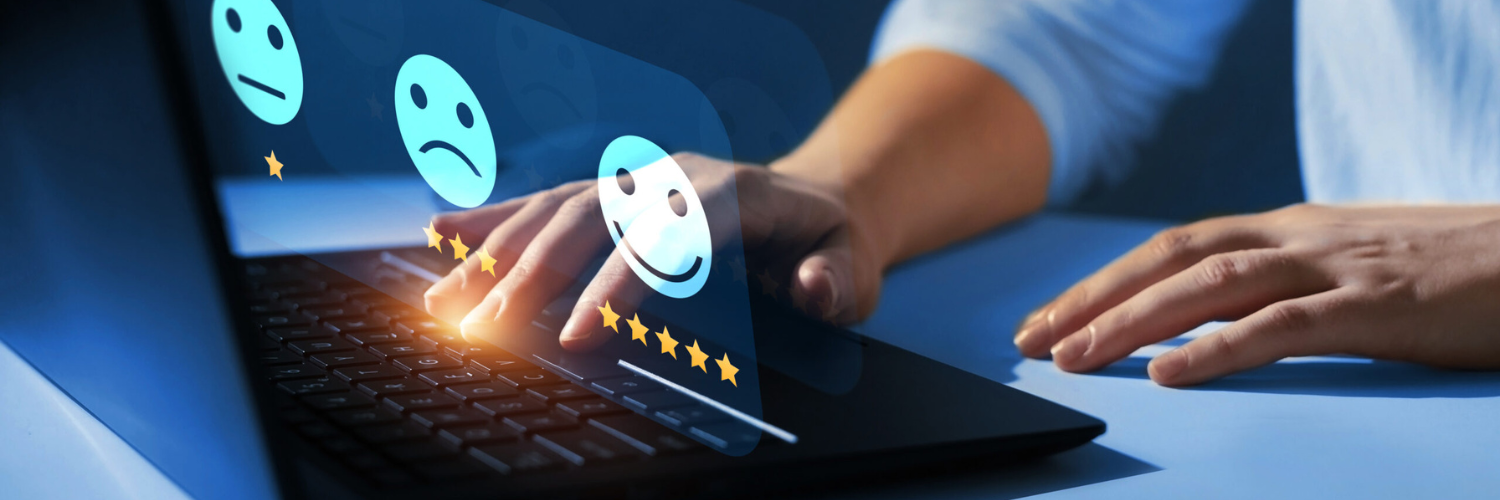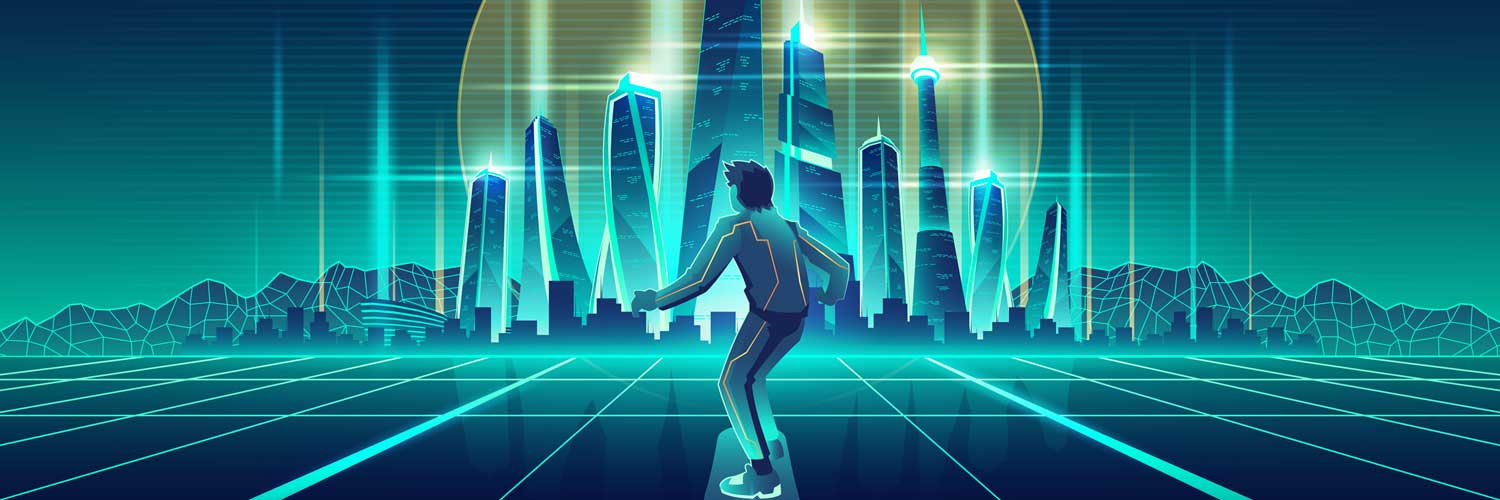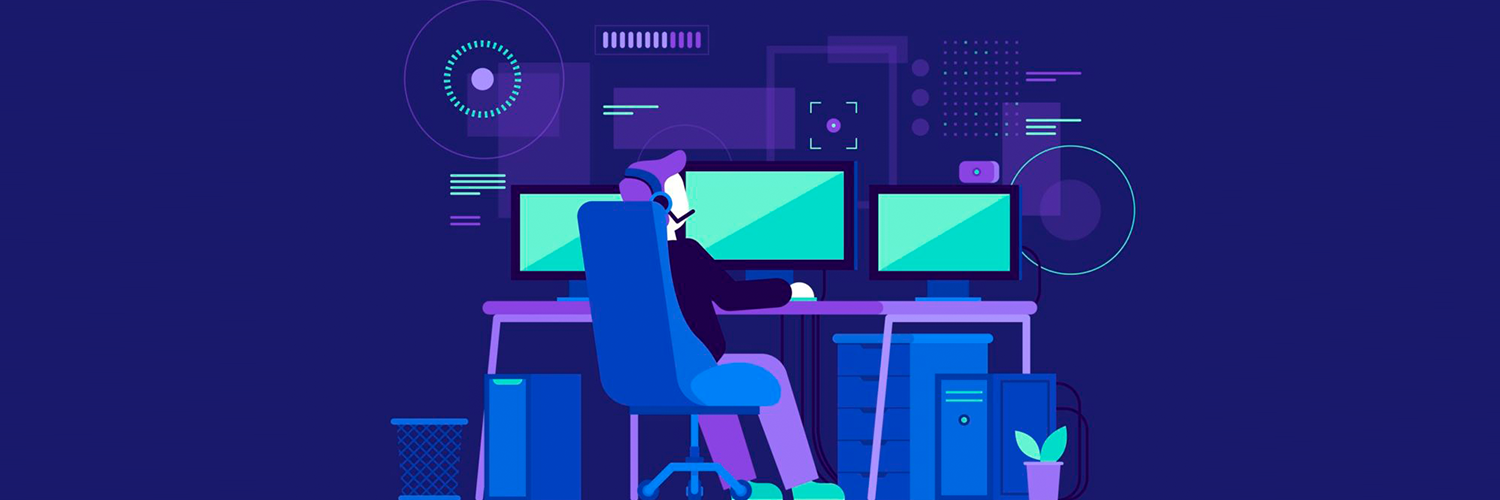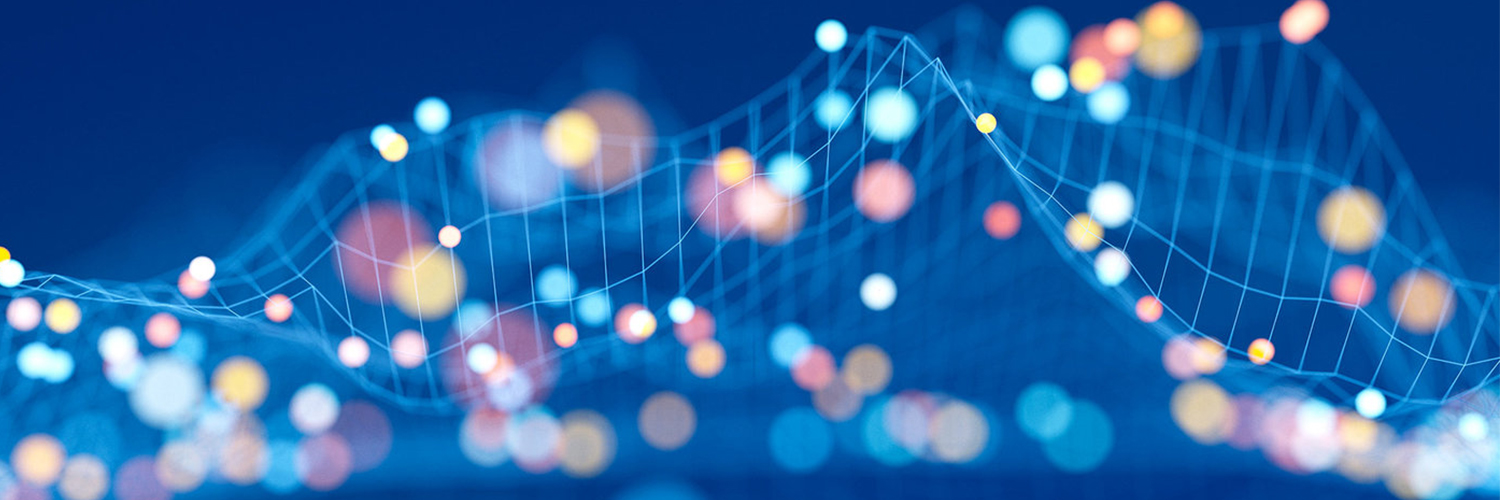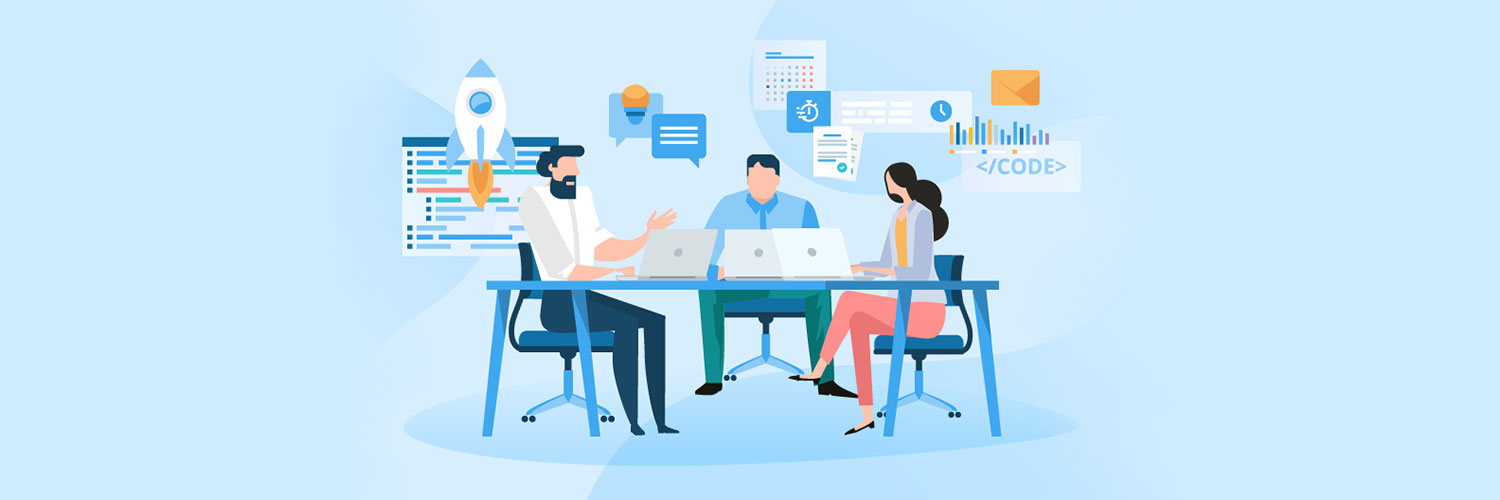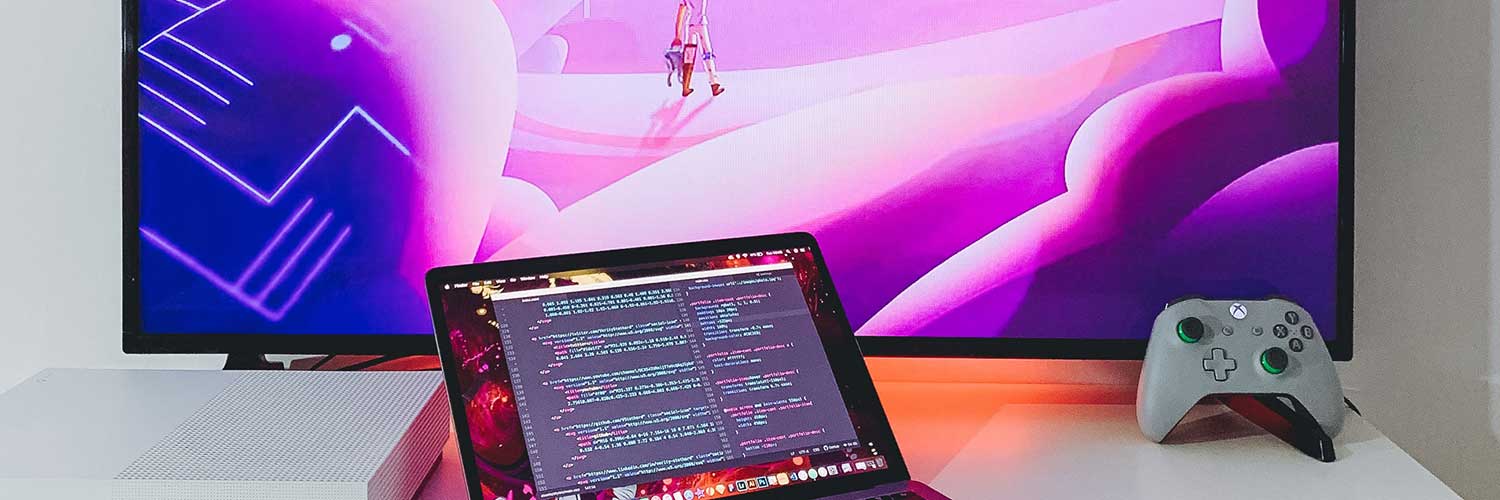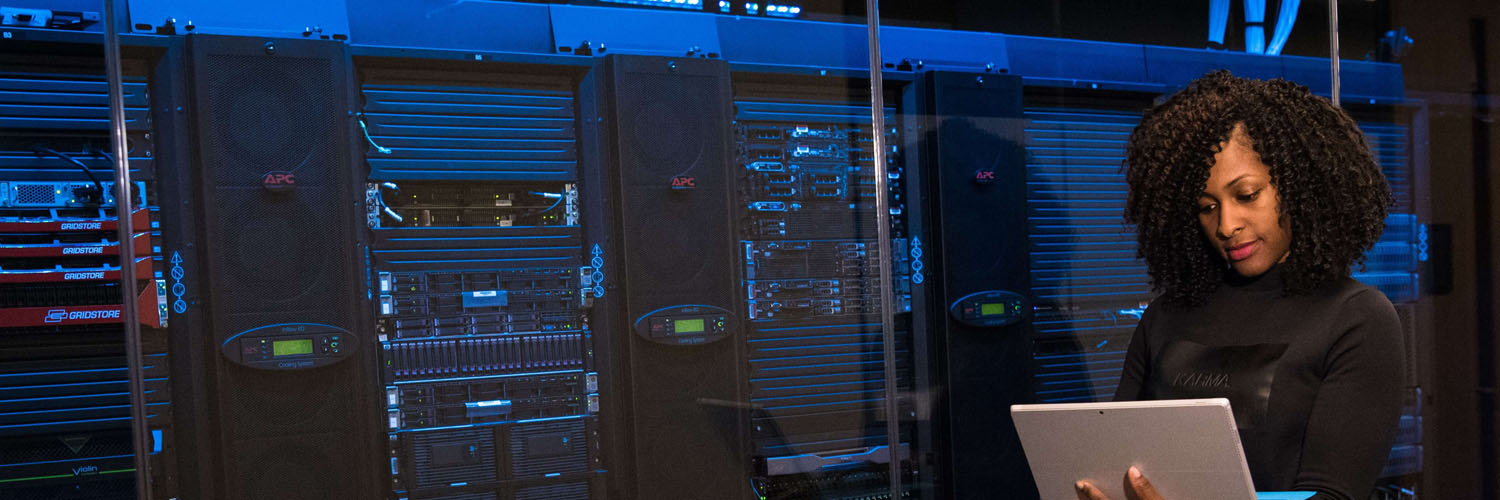In the current era of technological advancement, two groundbreaking forces have emerged to reshape the landscape of innovation: the Internet of Things (IoT) and Artificial Intelligence (AI). While each of these technologies brings immense transformative power on its own, their convergence has given rise to the new capabilities of both.
In this blog, we will explore the dynamic synergy between IoT and AI and how their collaboration is revolutionizing industries, reshaping consumer experiences, and challenging the boundaries of what's possible. We will not skip the challenges and potential drawbacks and will introduce some ways to mitigate them and guarantee success along the way. Let’s start!
Understanding the components: IoT and AI
Before we dive into the results of their collaboration, let's briefly understand the foundational components of IoT and AI.
Internet of Things (IoT): IoT refers to the interconnected network of physical objects, devices, sensors, and systems that can collect, exchange, and act on data through the Internet. These devices communicate with each other, often without any human intervention, to gather and transmit real-time data.
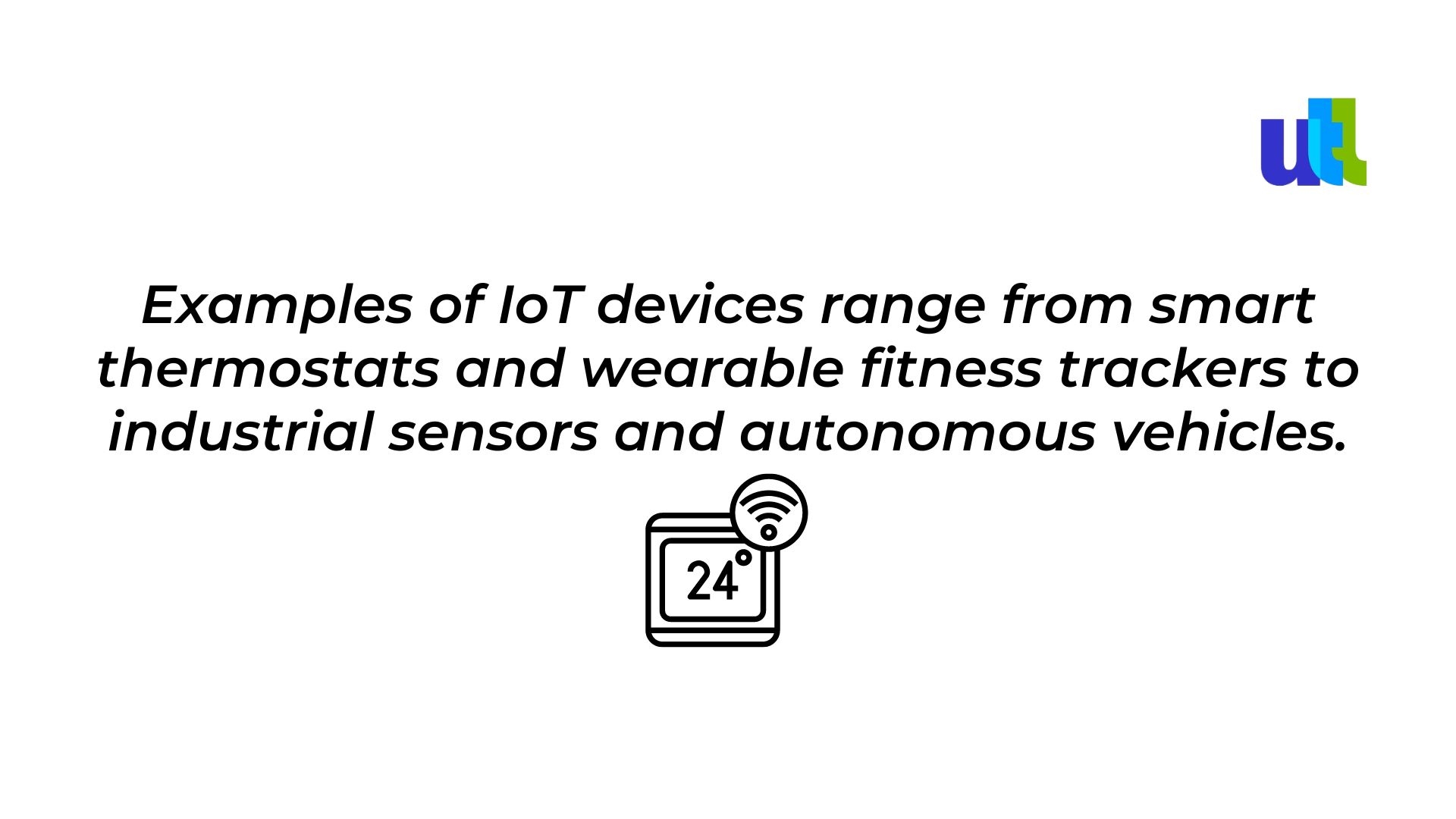
Artificial Intelligence (AI): AI involves the development of systems that can perform tasks that typically require human intelligence. Machine learning, a subset of AI, enables computers to learn from data and improve their performance over time.
AI encompasses various techniques such as natural language processing, image recognition, and decision-making algorithms.
The convergence: How IoT and AI collaborate
The synergy between IoT and AI stems from their complementary capabilities, each enhancing the other's functionalities in a seamless and dynamic way. Let’s consider the top 3 benefits of this powerful collaboration.
1. Data Collection and Insights Generation
IoT devices generate an immense volume of data from various sources, such as sensors, cameras, and wearables. This data includes information about user behavior, environmental conditions, and device performance.
AI algorithms excel in processing and analyzing large datasets. They can identify patterns, trends, and correlations in the data collected by IoT devices. This enables organizations to extract valuable IoT insights that can drive informed decision-making.
2. Real-time Decision Making
IoT devices operate in real-time, continuously transmitting data. For instance, in an industrial setting, sensors on machinery can monitor performance and provide instant alerts in case of errors.
AI algorithms, especially those using machine learning, can process data in real-time to make intelligent decisions. For instance, an AI-powered system can analyze data from a smart vehicle's sensors to make split-second decisions about navigation and collision avoidance.
3. Personalization and Automation
IoT devices gather data about individual preferences and behaviors, such as user interactions with smart home devices, while AI leverages this data to create personalized experiences. For instance, a smart home system can learn when a user typically adjusts the thermostat and automates the process, ensuring optimal comfort.
Revolutionizing industries and enhancing experiences
Together, IoT and AI are disrupting industries across the board, driving innovation, and creating new opportunities.
Check how it works in your sector.
- Healthcare
IoT-enabled medical devices, such as wearable health trackers, collect real-time health data. AI can analyze this data to provide personalized health insights, enabling patients and healthcare professionals to monitor and manage health conditions more effectively.
This combination aids in disease prevention, early diagnosis, and better patient care.
- Agricultural Precision
IoT sensors monitor soil conditions, weather patterns, and crop health, while AI interprets this data to optimize irrigation, fertilization, and pest control. This synergy leads to increased yields and resource efficiency in farming.
- Smart Energy Management
IoT-connected smart meters track energy consumption in real-time, and AI algorithms analyze this data to suggest energy-saving strategies. This reduces energy wastage and promotes sustainability.
- Manufacturing
Smart factories equipped with IoT sensors monitor production lines, while AI-driven analytics optimize processes, improve quality control, and reduce downtime through predictive maintenance.
- Retail
IoT devices gather customer behavior data, and AI processes this data to offer personalized product recommendations and improve inventory management. This results in tailored shopping experiences and optimized supply chains.
- Environmental Conservation
IoT sensors monitor environmental factors like air quality and water levels, while AI analyzes the data to aid in environmental management and protection.
Furthermore, IoT devices can quickly gather data during natural disasters, and AI algorithms can process this information to assist in disaster response, resource allocation, and risk assessment.
- Logistics Optimization
IoT sensors in supply chains provide real-time tracking data, while AI algorithms optimize routes, manage inventory, and forecast demand, leading to efficient logistics operations.
- Industrial maintenance
IoT sensors can collect data from industrial equipment, and AI algorithms can analyze this data to predict when maintenance is needed. This approach reduces downtime and maintenance costs by identifying potential issues before they lead to breakdowns.
- Smart Cities
IoT-enabled sensors in urban infrastructure gather data on traffic flow, energy usage, and waste management. AI analyzes this data to enhance city planning, reduce congestion, and improve resource allocation.
Challenges and future prospects. Potential drawbacks of IoT and AI collaboration
Certainly, while the collaboration between IoT and AI offers numerous benefits, there are also potential challenges and drawbacks to consider.
Data Privacy and security
The increased connectivity of IoT devices raises concerns about data privacy and security. Ensuring that sensitive information is encrypted, and devices are protected from cyber threats is a paramount consideration.
Scalability and interoperability
As the number of IoT devices increases, ensuring seamless interoperability among diverse devices and platforms becomes more complex. Standardizing protocols and interfaces is crucial for a cohesive ecosystem.
Complexity and skill gap
Implementing and managing IoT-AI solutions requires expertise in both fields. Organizations need skilled professionals who understand both technology stacks to ensure successful deployment.
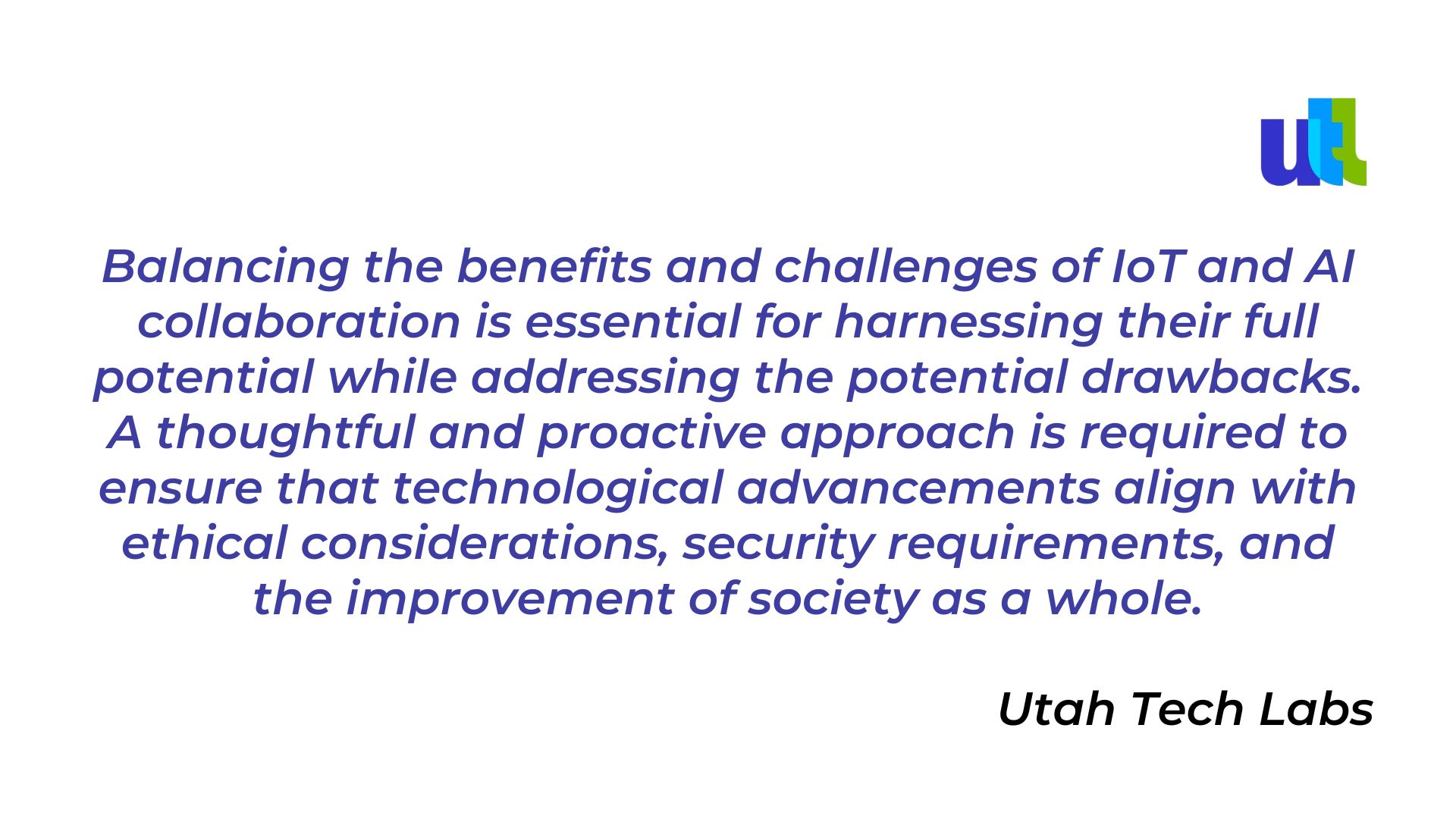
Overreliance on technology
Dependence on IoT and AI systems could lead to reduced human involvement and decision-making, potentially reducing critical thinking and problem-solving skills.
Ethical considerations
The widespread deployment of IoT and AI raises ethical questions about data ownership, consent, and the potential for surveillance.
Dependency on connectivity
IoT systems rely heavily on network connectivity, and if networks experience downtime or disruptions, it can impact the functionality of these systems.
Environmental impact
The proliferation of IoT devices could lead to increased energy consumption and electronic waste, contributing to environmental concerns.
Example: Smart home energy management
This example underscores how the collaboration between IoT and AI can enhance daily living by creating energy-efficient, comfortable environments. However, it also highlights the need for comprehensive approaches to address privacy, security, and interoperability concerns that can arise from the integration of the latest technologies.
Imagine a smart home equipped with IoT-enabled devices such as smart thermostats, smart appliances, and energy meters, all working in harmony with AI algorithms. These devices gather real-time data on energy consumption, occupancy patterns, and weather conditions.
Benefits:
- Optimized Energy Usage
The AI algorithms analyze the collected data to learn the occupants' preferences and adapt the home's temperature and lighting accordingly. They can also factor in external conditions like weather forecasts to optimize energy consumption without sacrificing comfort.
- Cost Savings
The integration of IoT and AI enables the system to identify energy usage patterns and suggest energy-saving measures, such as adjusting thermostat settings during peak hours or optimizing the use of high-energy appliances.
However, this integration also brings about challenges that need to be carefully addressed. Let’s have a look at them.
Challenges:
- Data Privacy and Security
With devices constantly collecting data about occupants' activities, there's a concern about the potential for unauthorized access to this sensitive information. Hackers gaining access to the smart home system could compromise not only personal data but also control over home devices.
- Interoperability and Complexity
If the smart home comprises devices from different manufacturers, ensuring seamless integration and communication can be challenging. Mismatched protocols or software updates could lead to disruptions in functionality.
- Dependency on Connectivity
Smart homes heavily rely on stable internet connectivity. Network outages or disruptions could render some automation features unusable, leading to inconvenience and potential security risks.
- Ethical Considerations
The data collected from smart homes could be used for purposes beyond energy optimization. Ensuring that data usage adheres to ethical guidelines, with explicit user consent, is critical to avoid intrusive surveillance.
It's important to note that the balance between benefits and challenges can vary depending on the specific context, industry, and implementation. However, by understanding and navigating these challenges effectively, organizations can fully harness the much greater benefits.
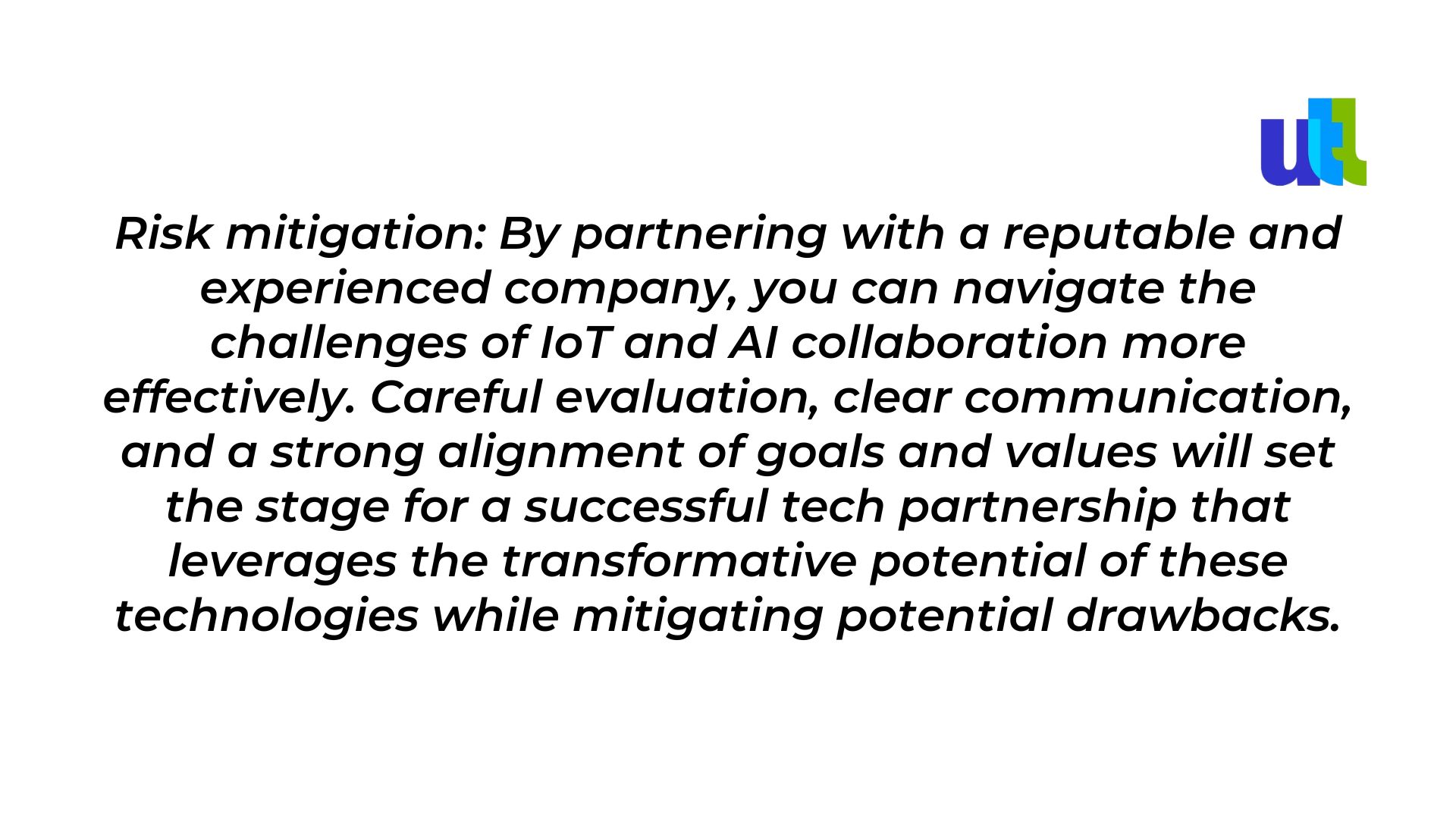
Conclusion
The convergence of IoT and AI marks a pivotal moment in the trajectory of technological progress. By combining IoT's data-gathering prowess with AI's analytical capabilities, this collaboration unlocks the potential for personalized services, predictive insights, and smarter decision-making.
However, as we journey into this landscape of immense opportunity, we must navigate challenges related to security, interoperability, and complexity. Through careful planning, innovation, and collaboration with reputable and experienced tech partners, we have the opportunity to harness the full potential of the IoT-AI convergence and shape a future that is truly interconnected, intelligent, and awe-inspiring.
For free consultation on the synergizing IoT and AI, click here.
----------------------------------------------------------------------------------------------
View the full presentation:
WRITTEN BY
Sofia Kutko
2023-08-28






